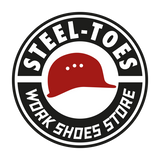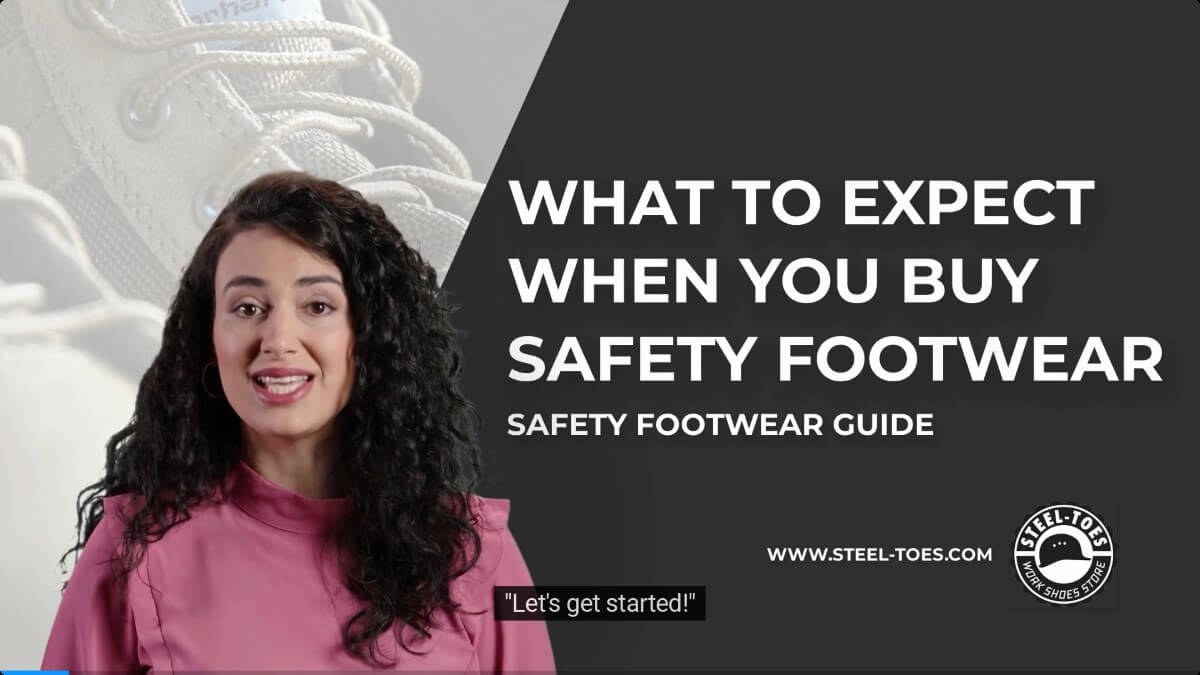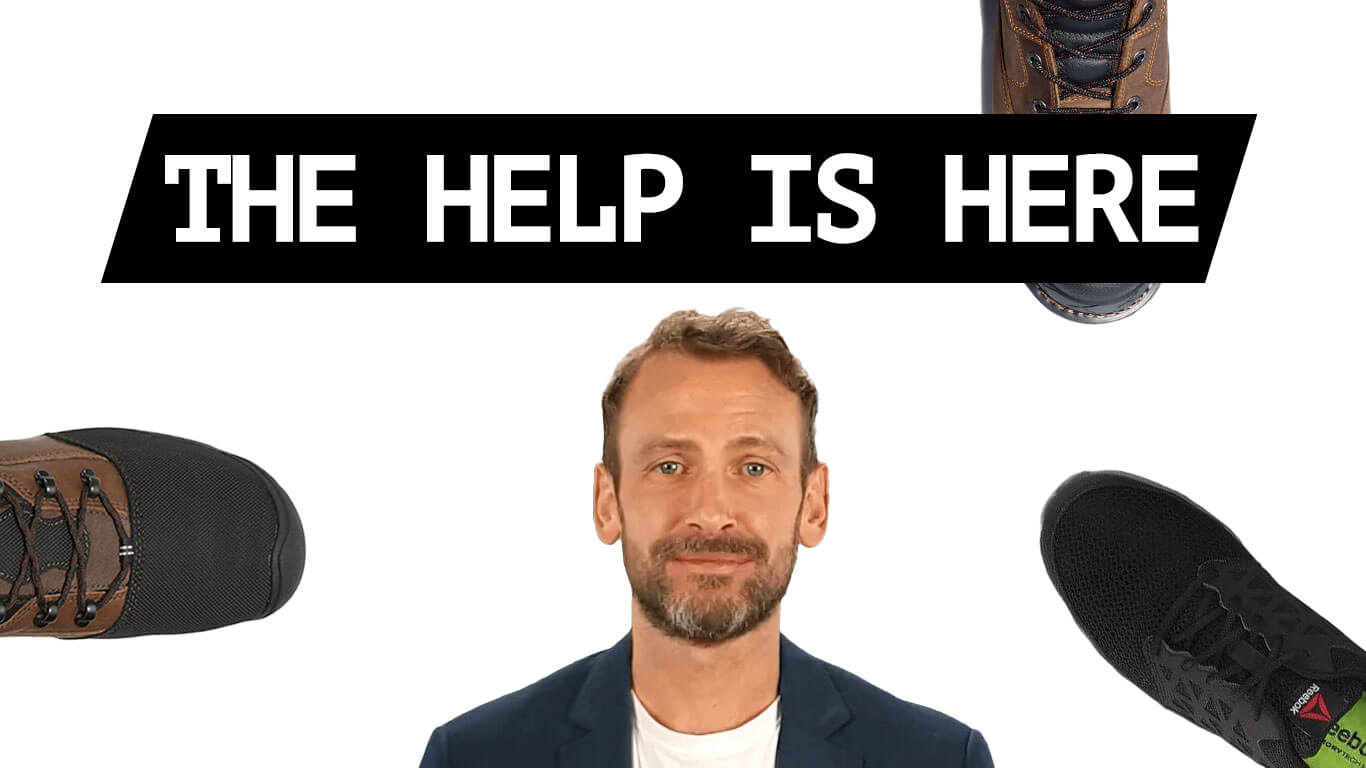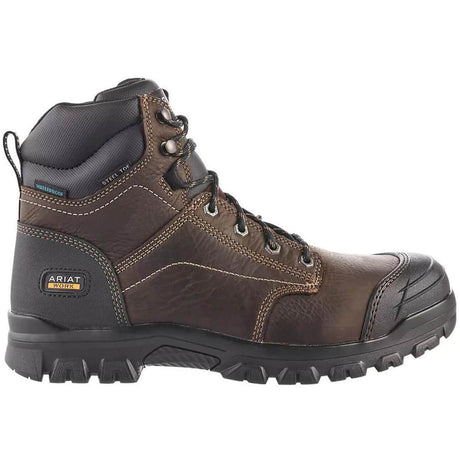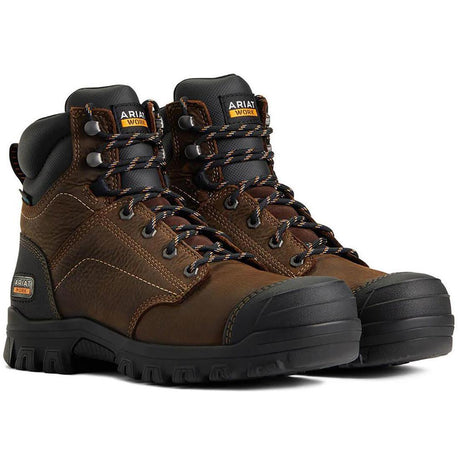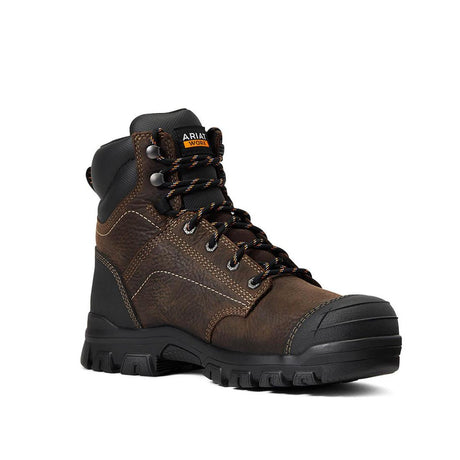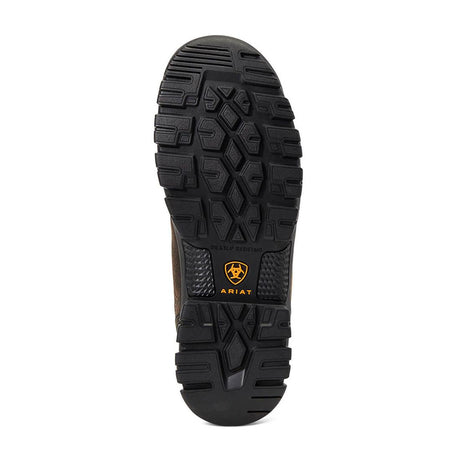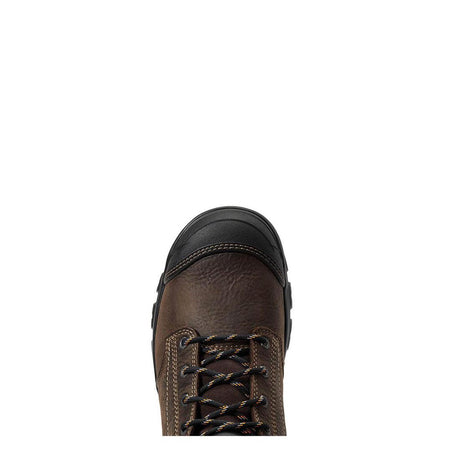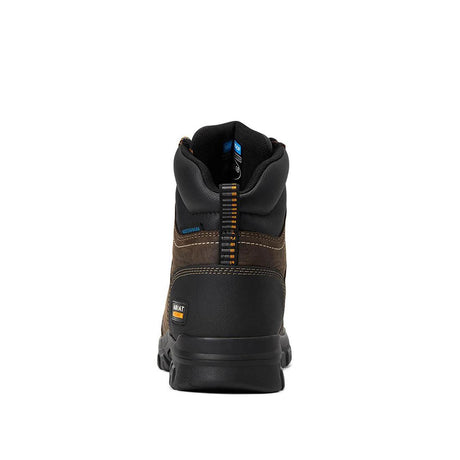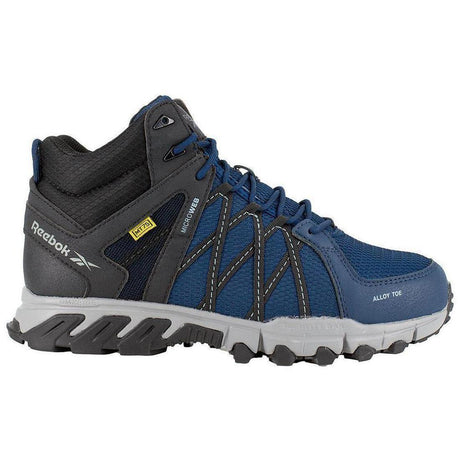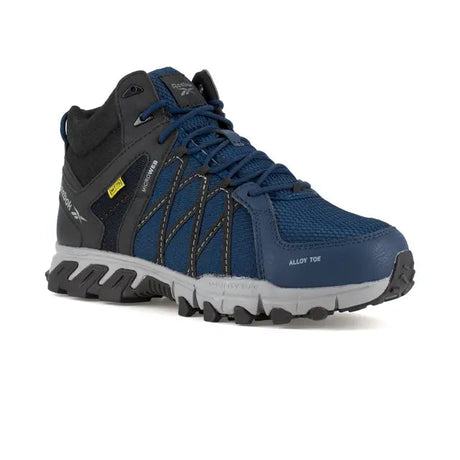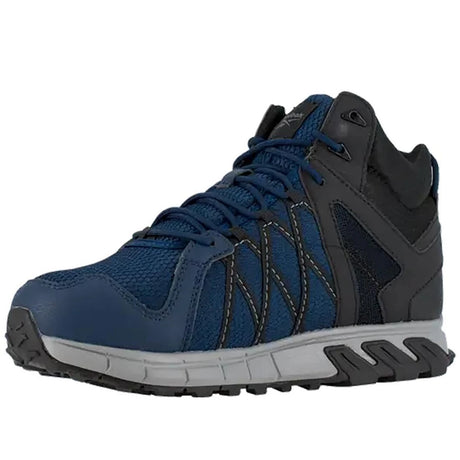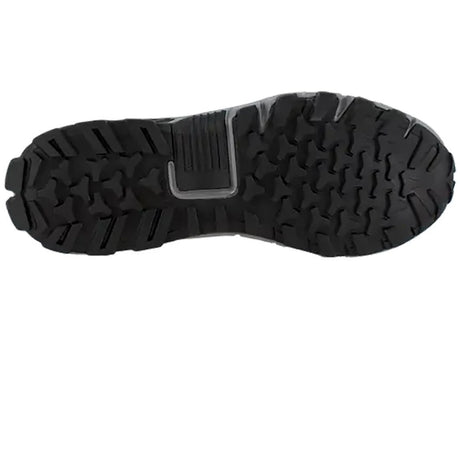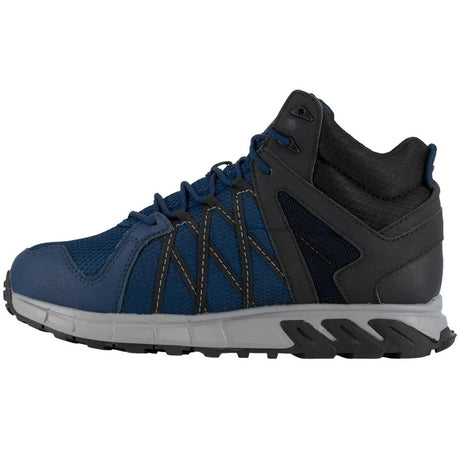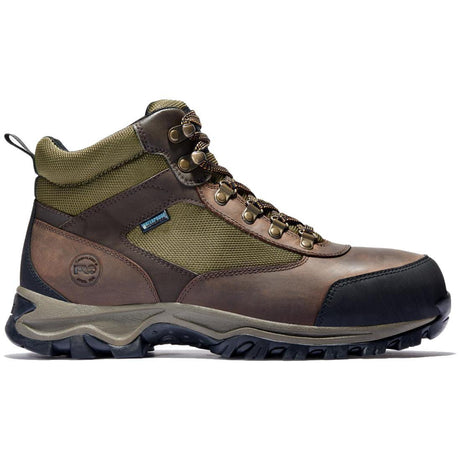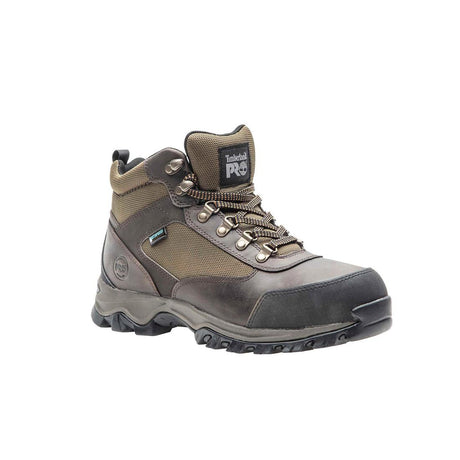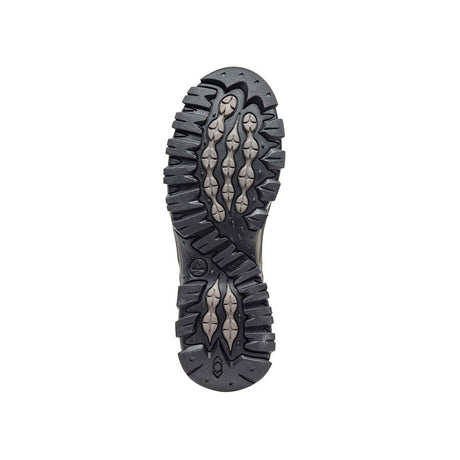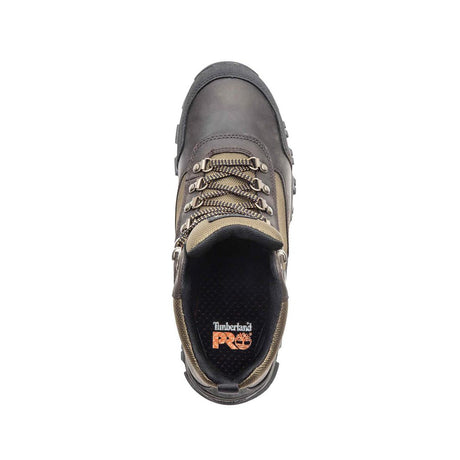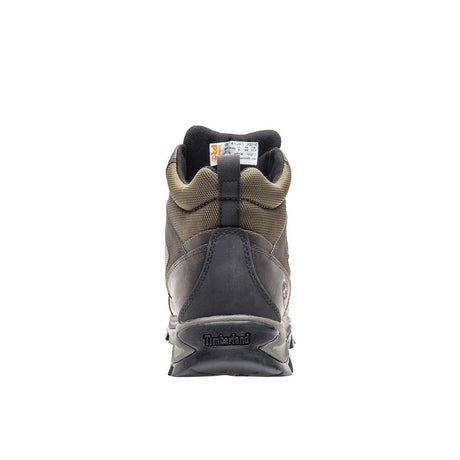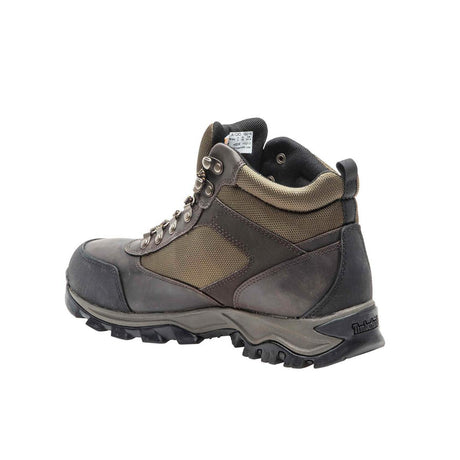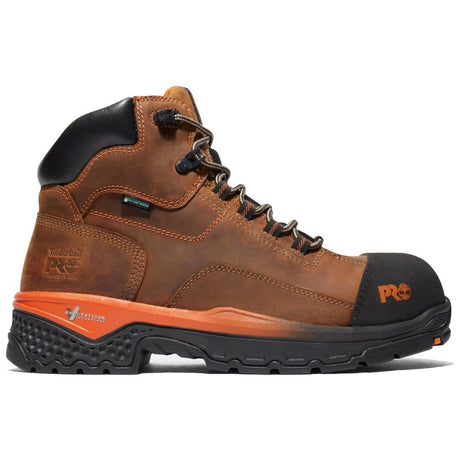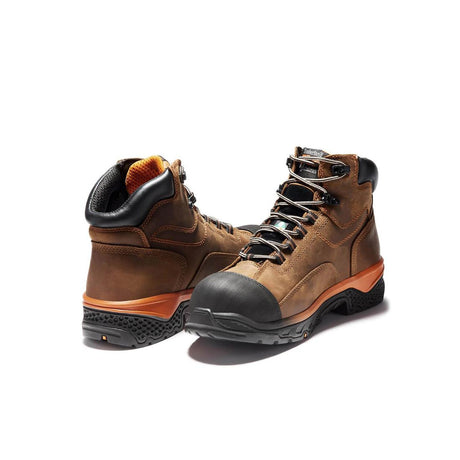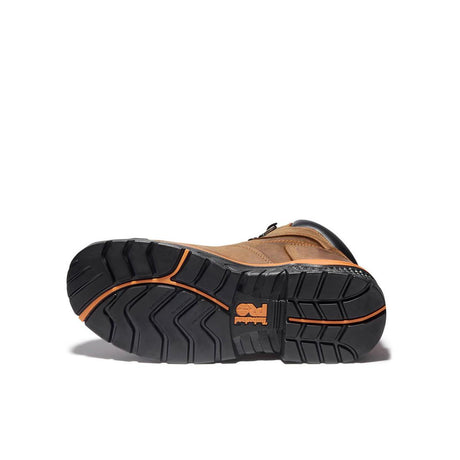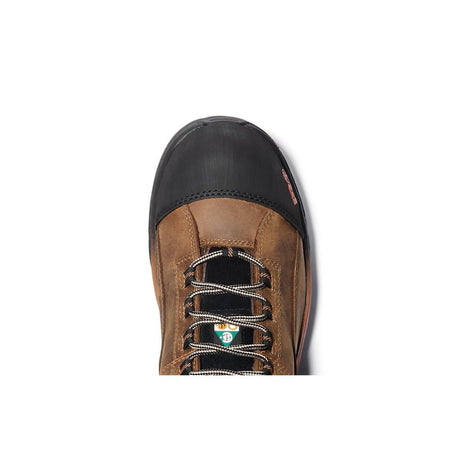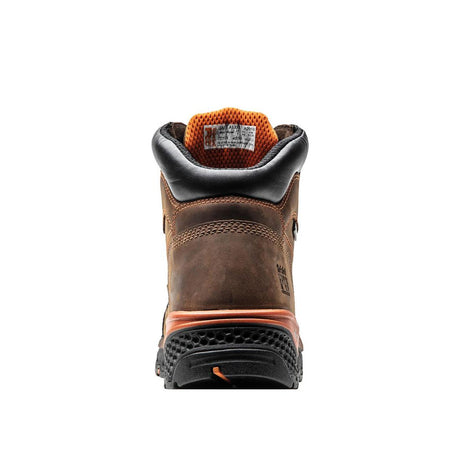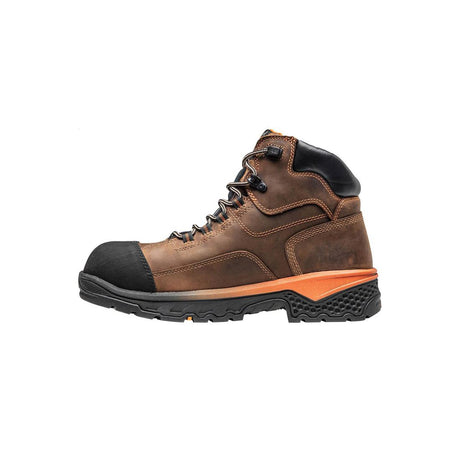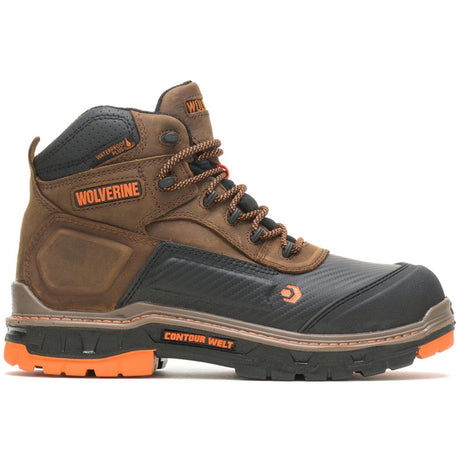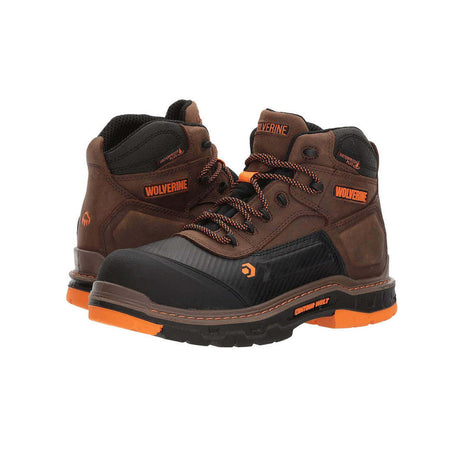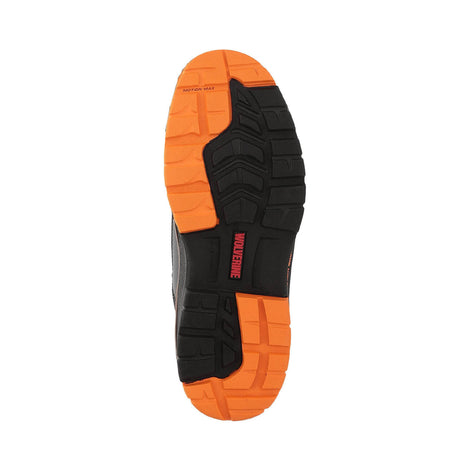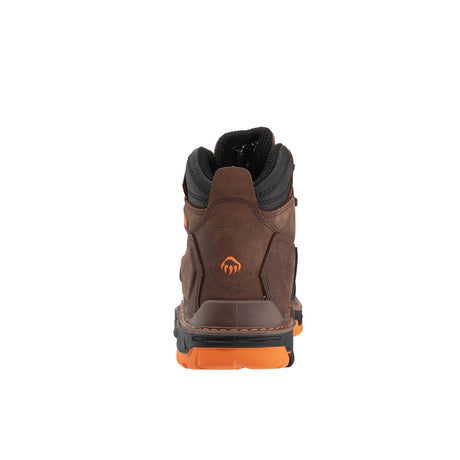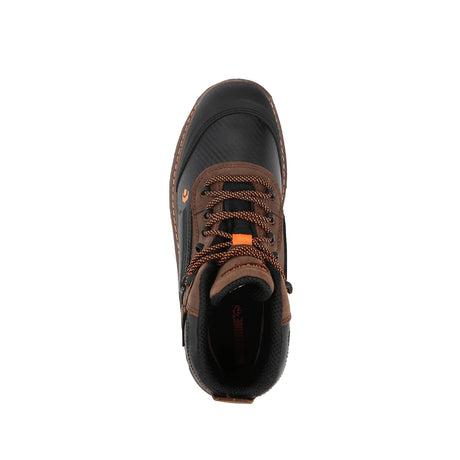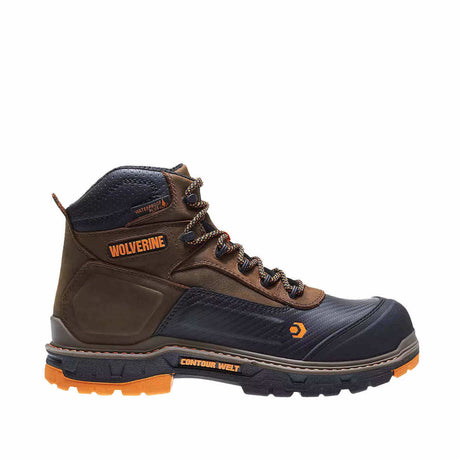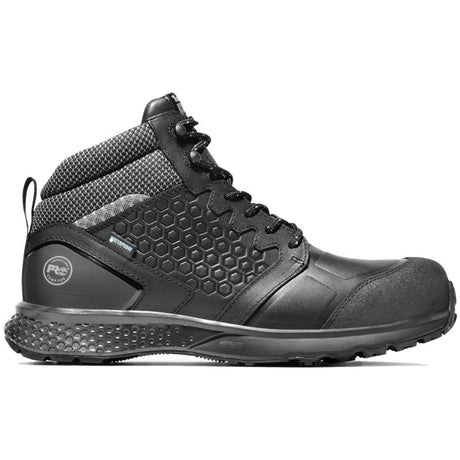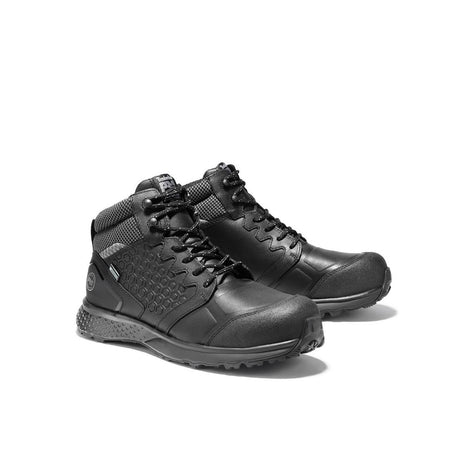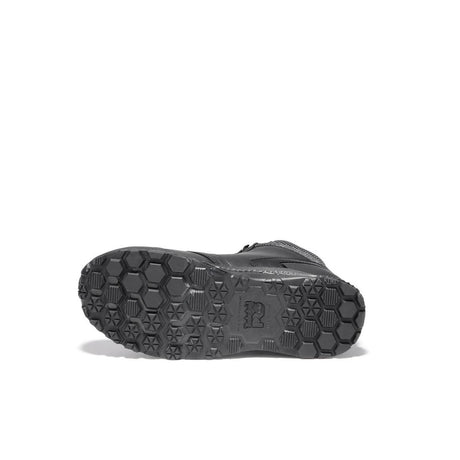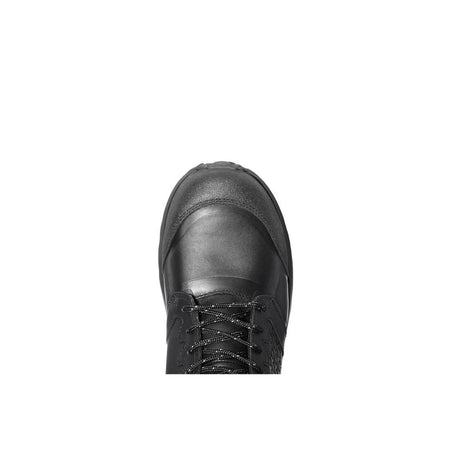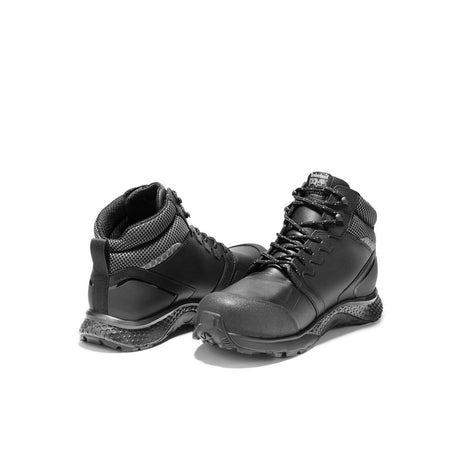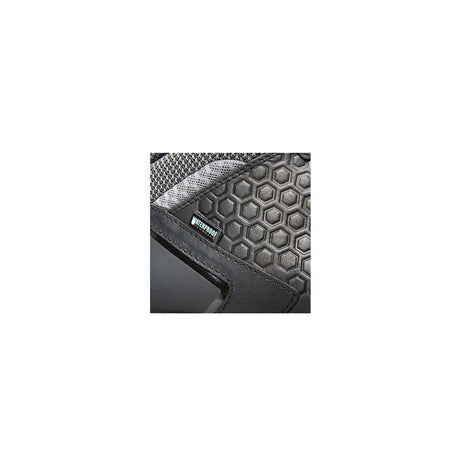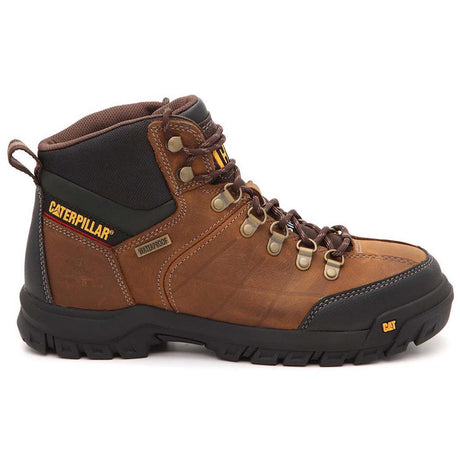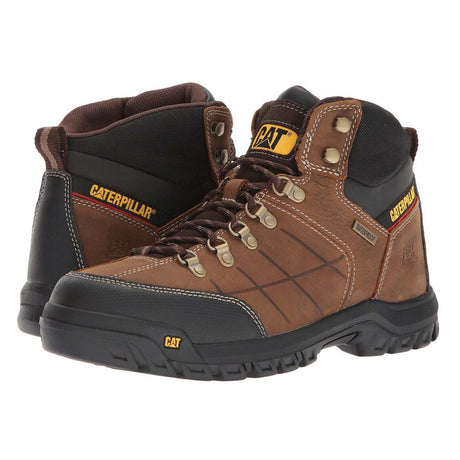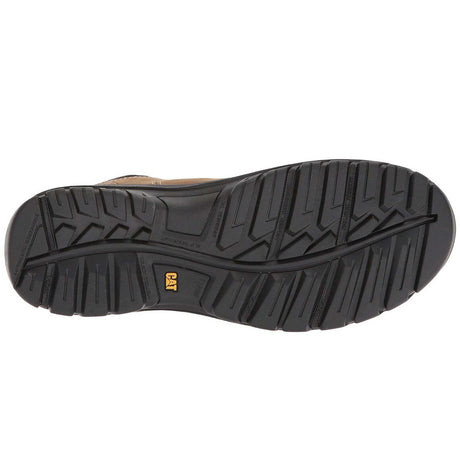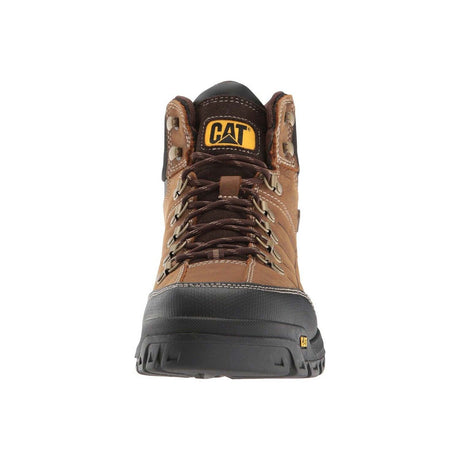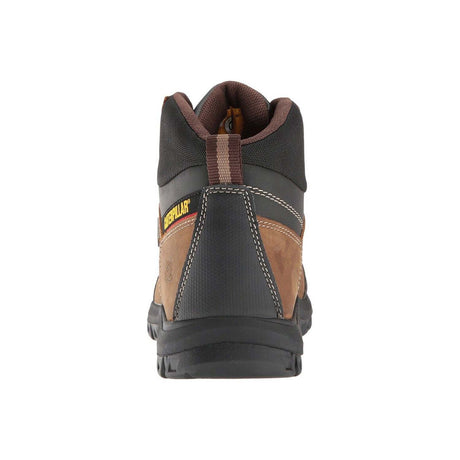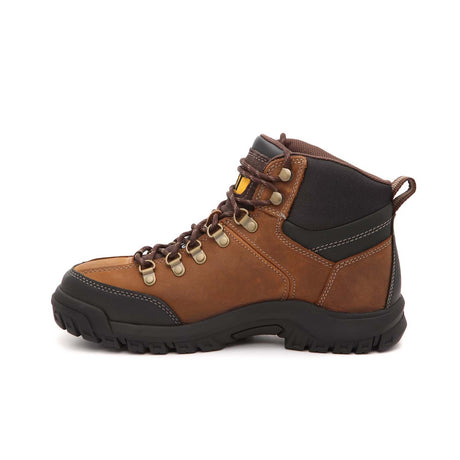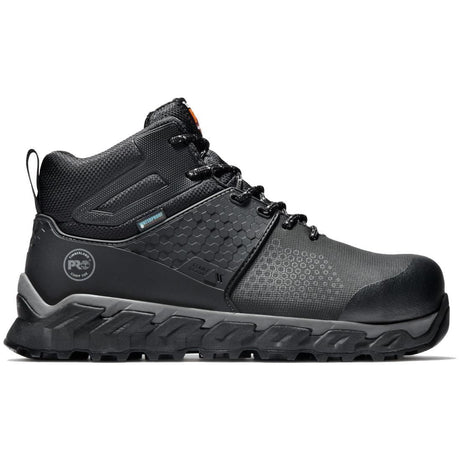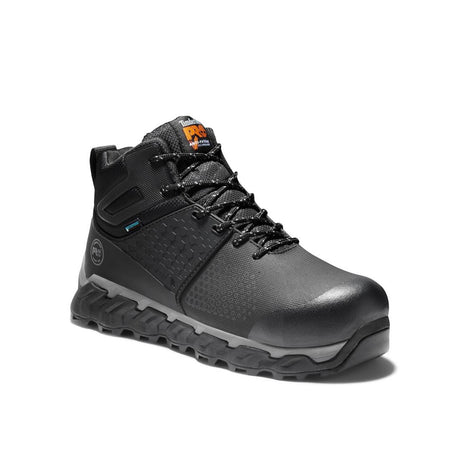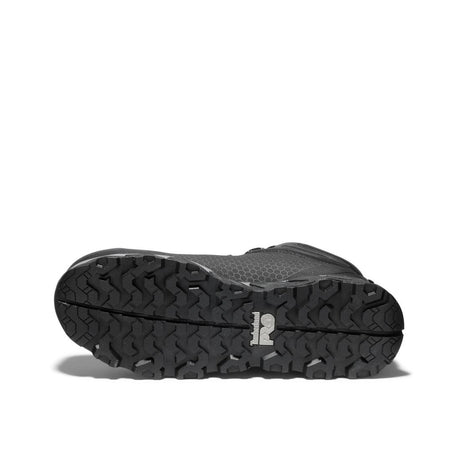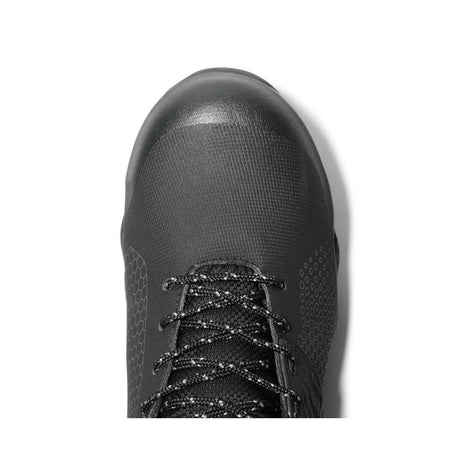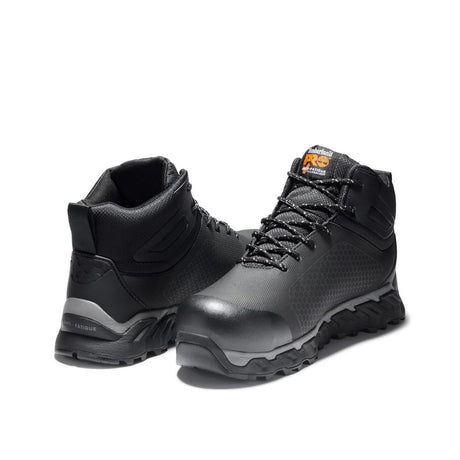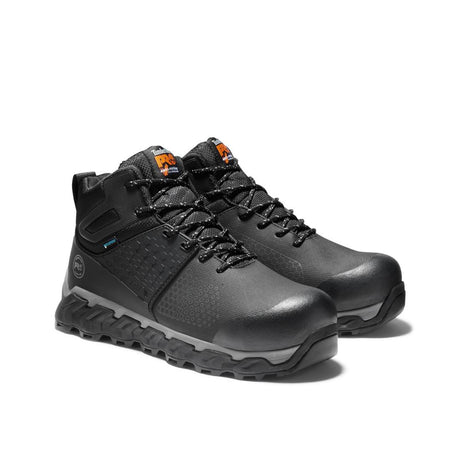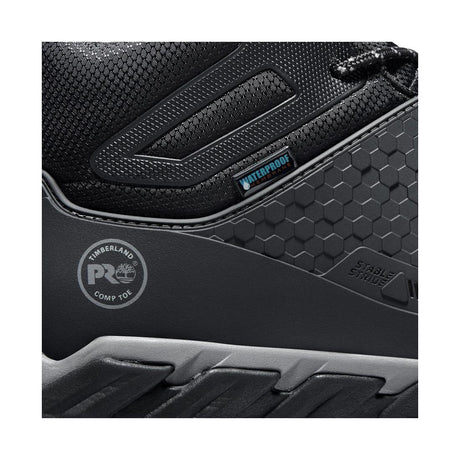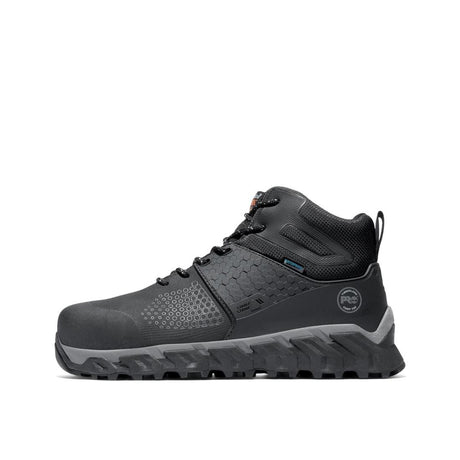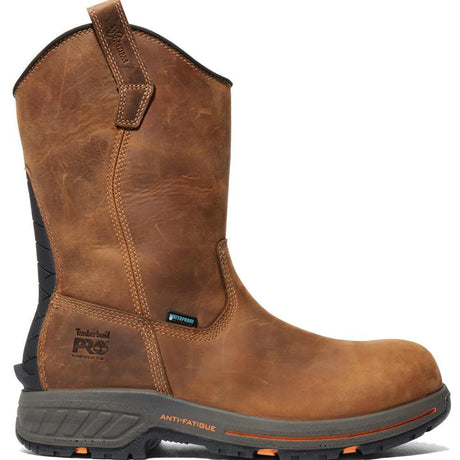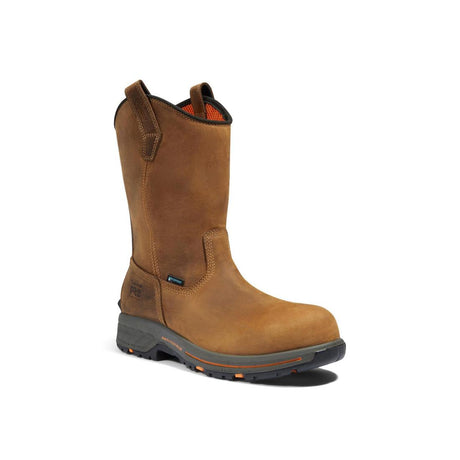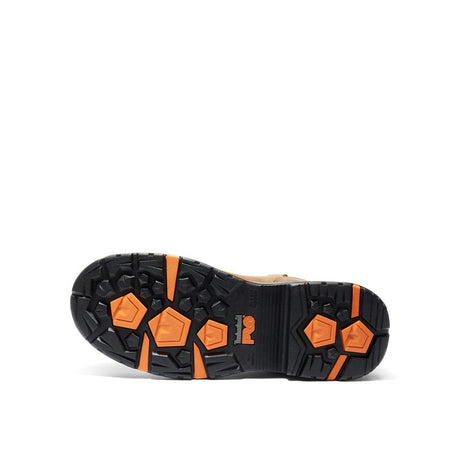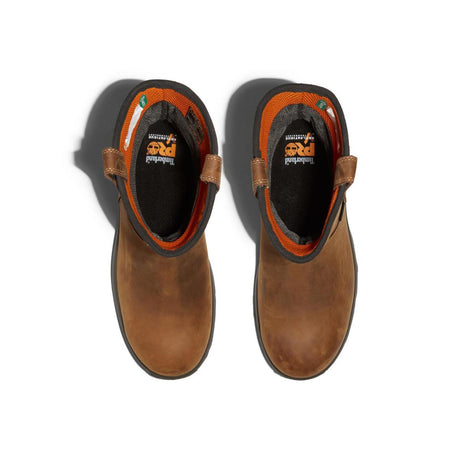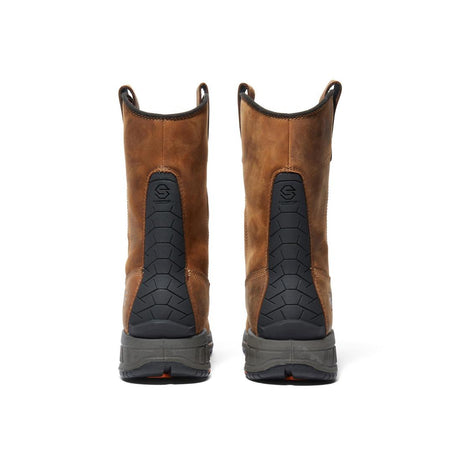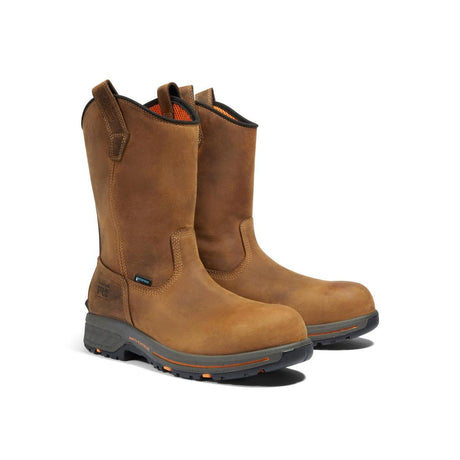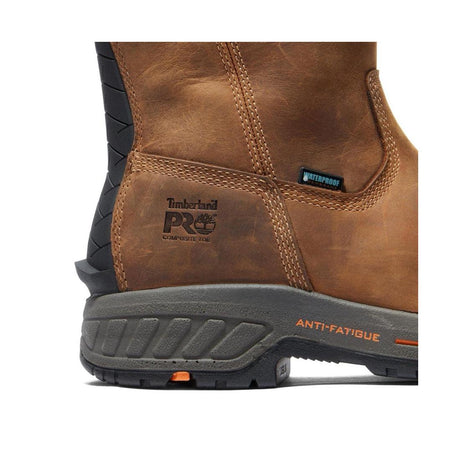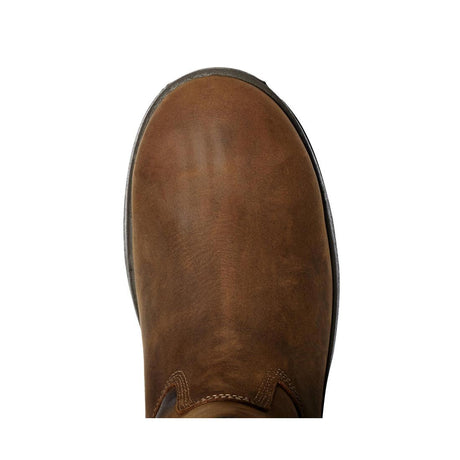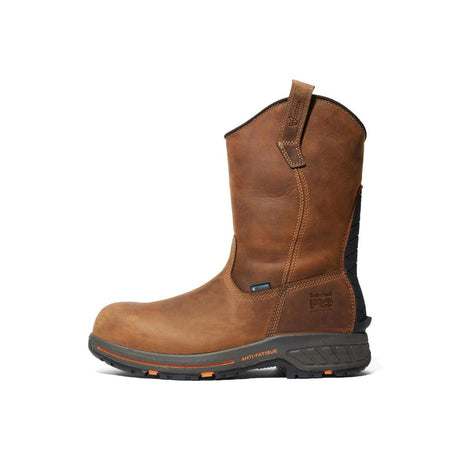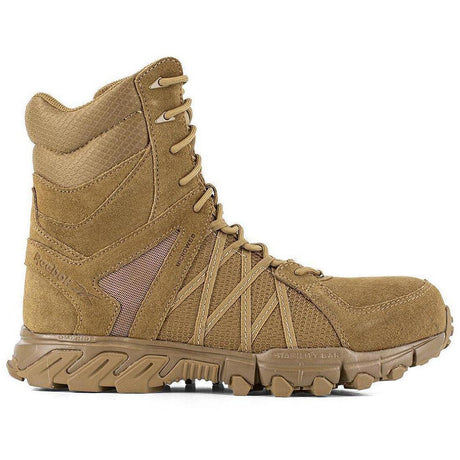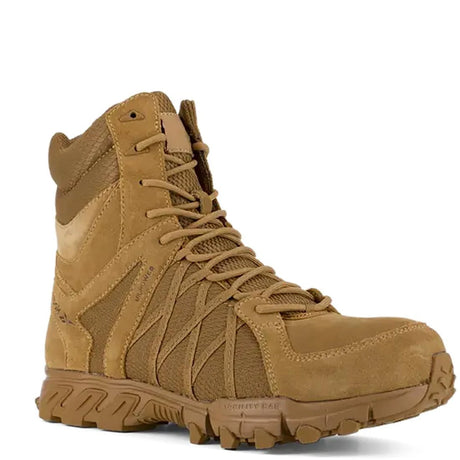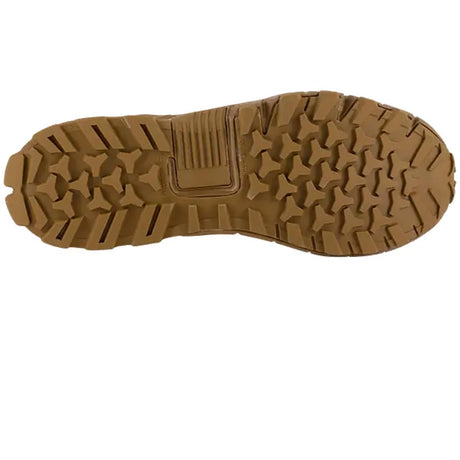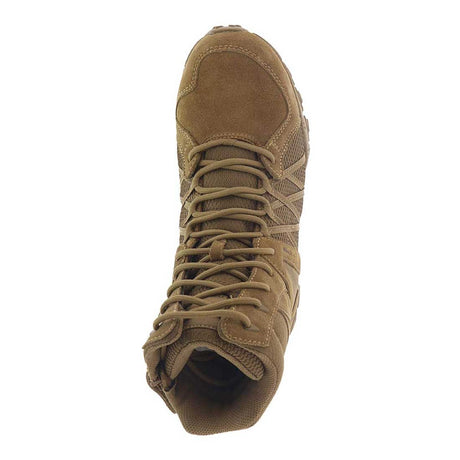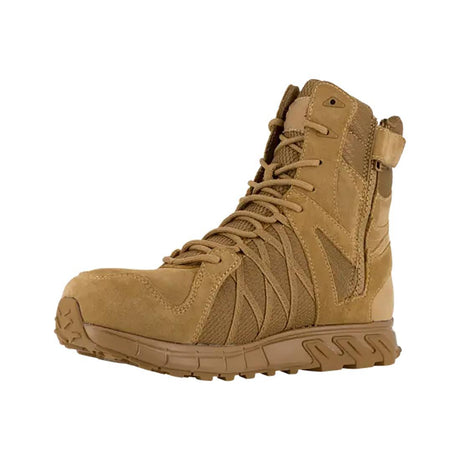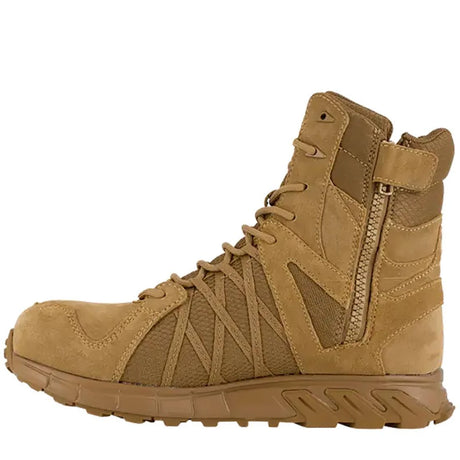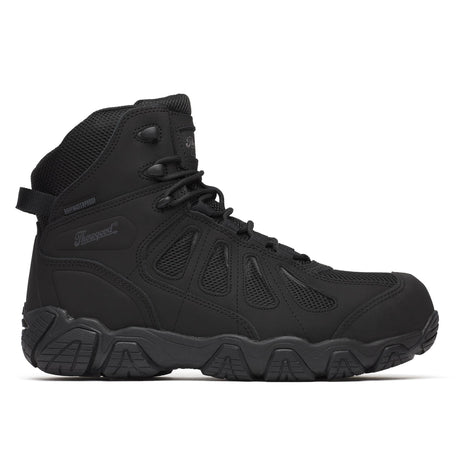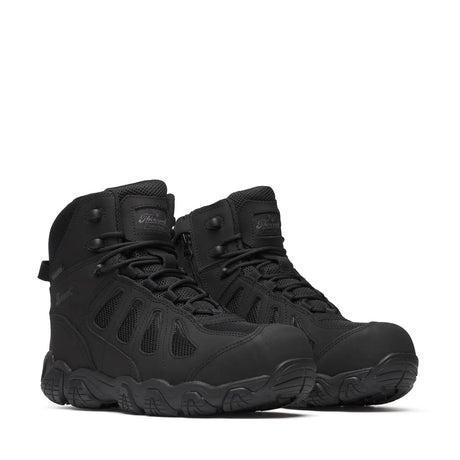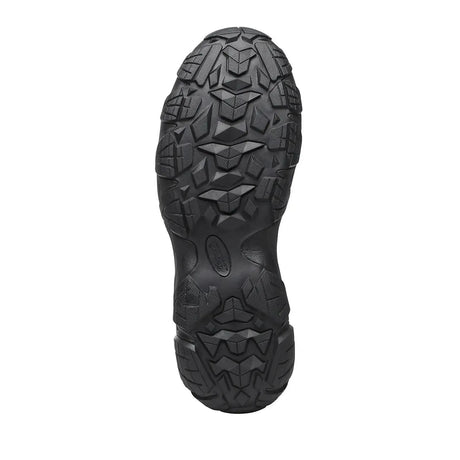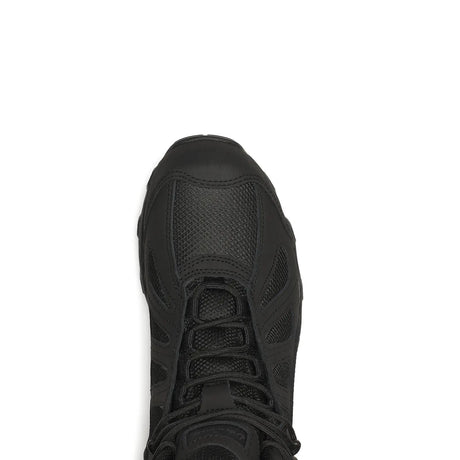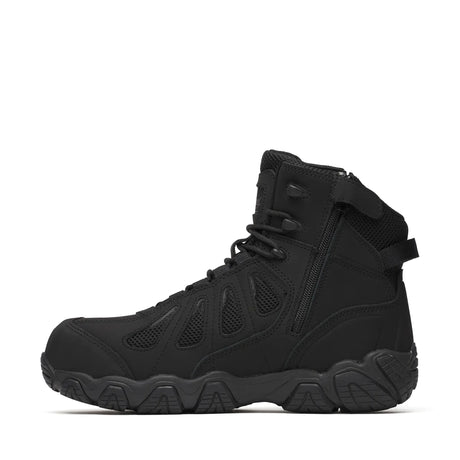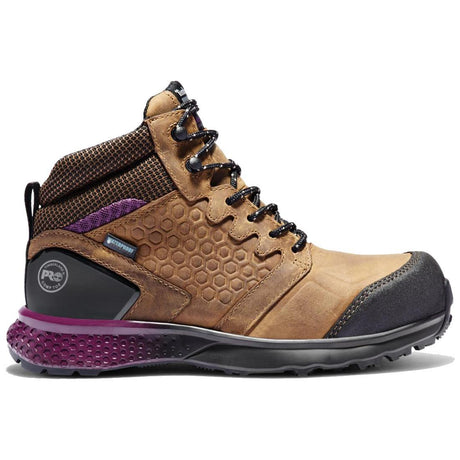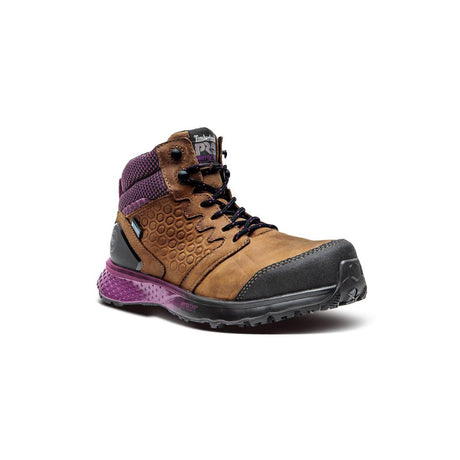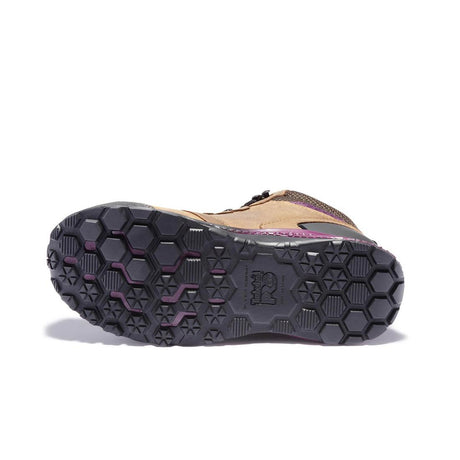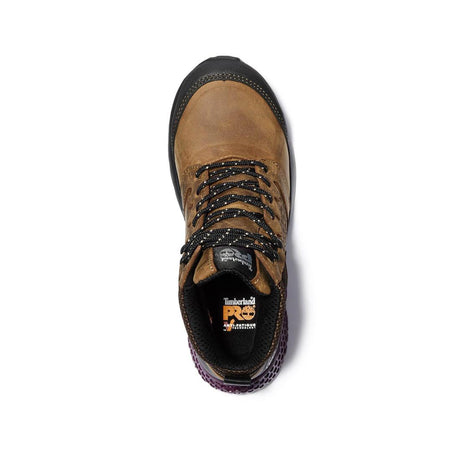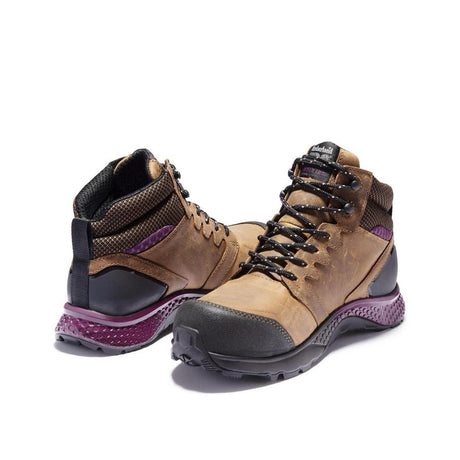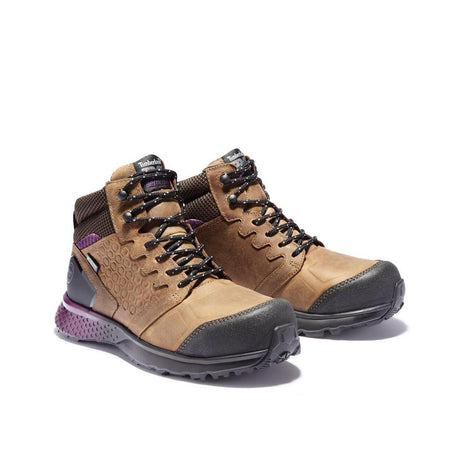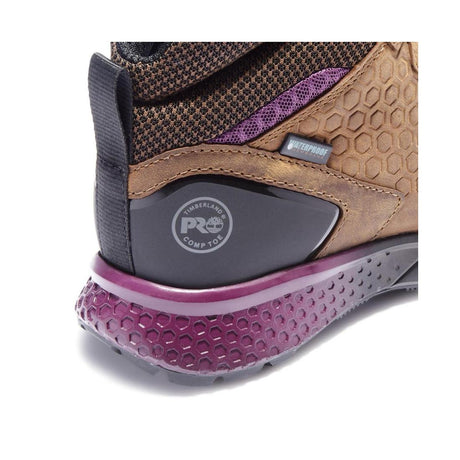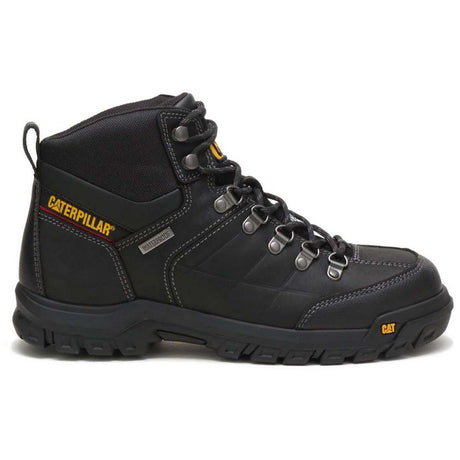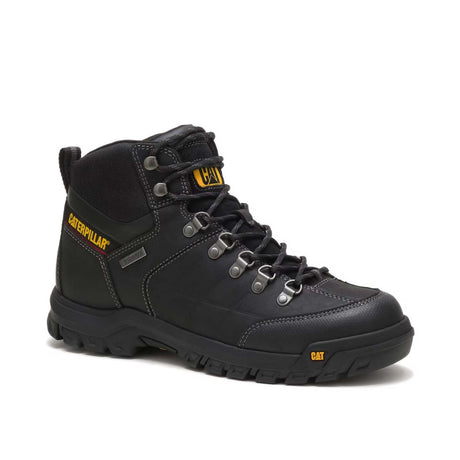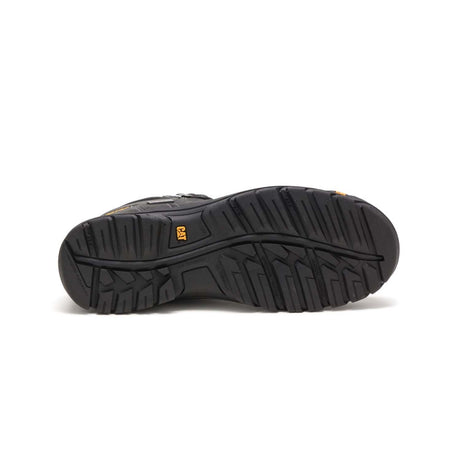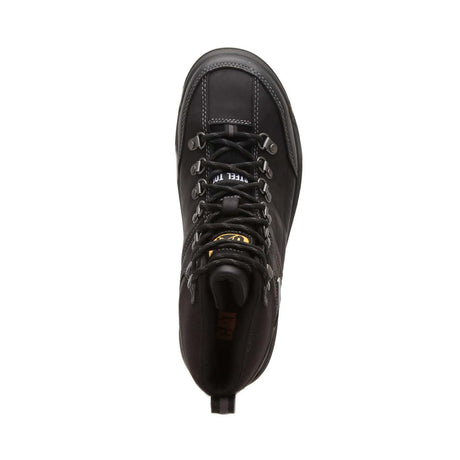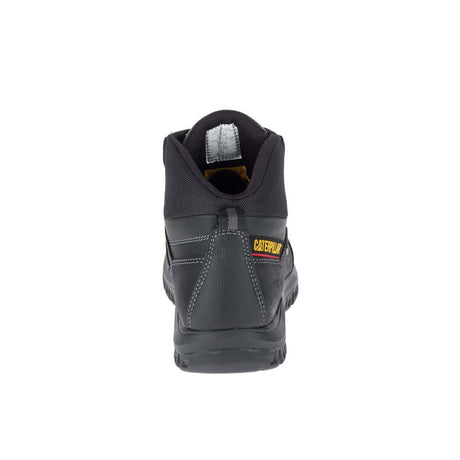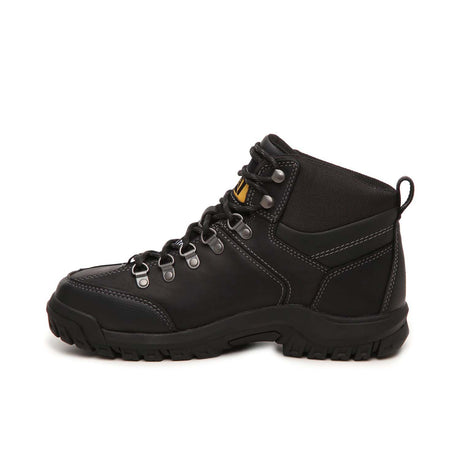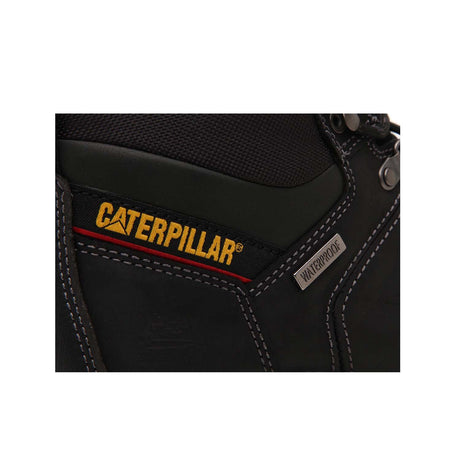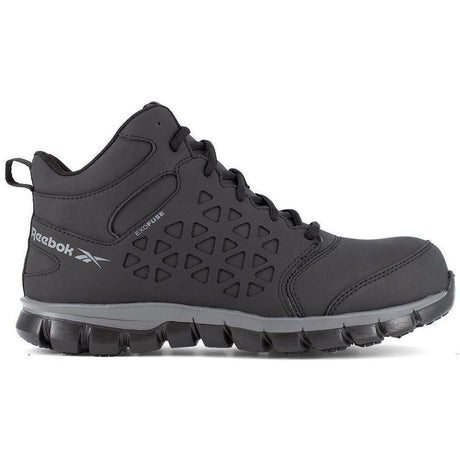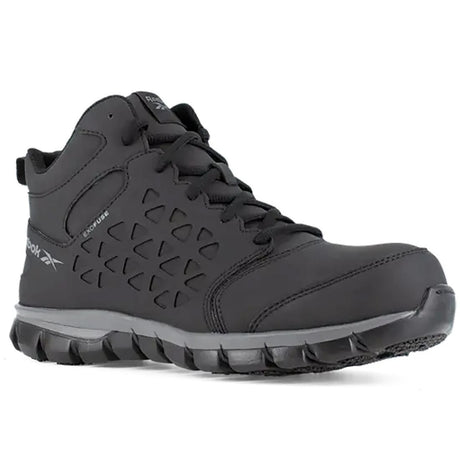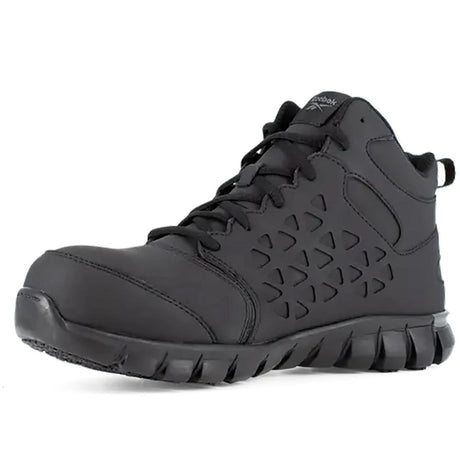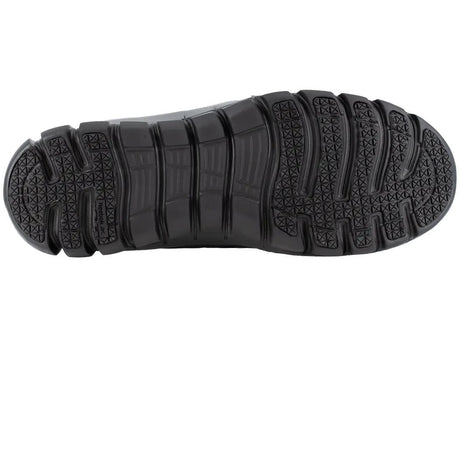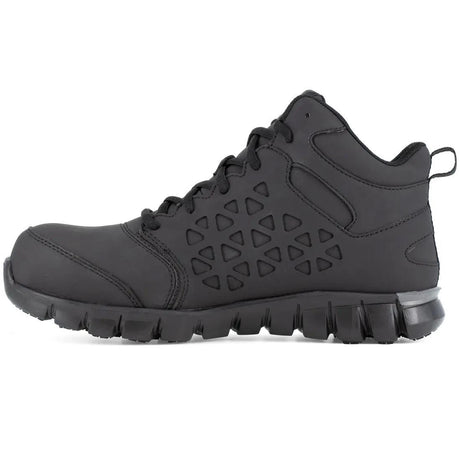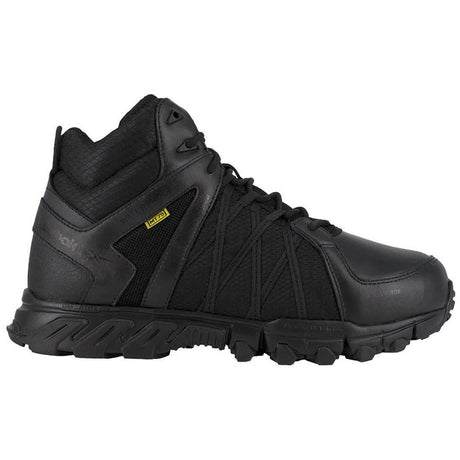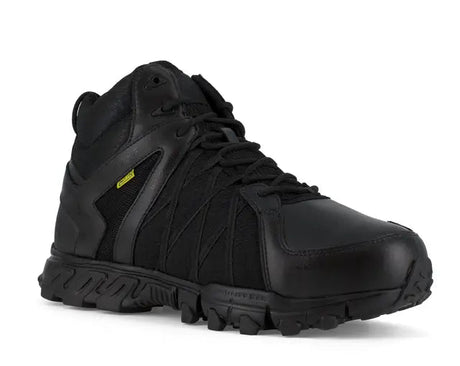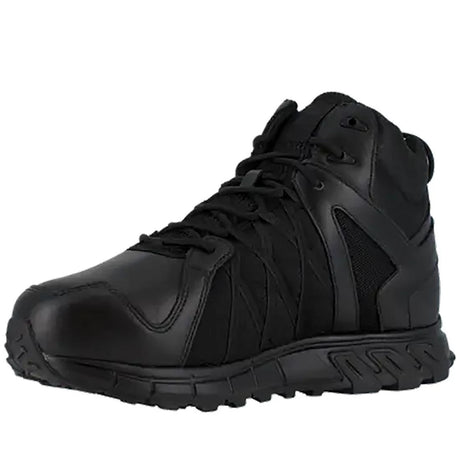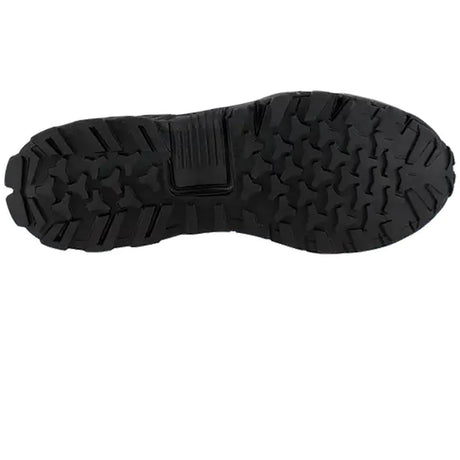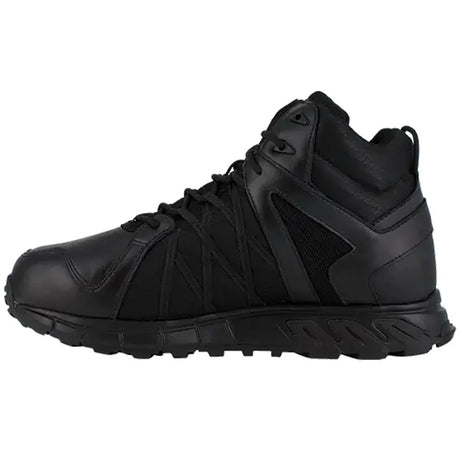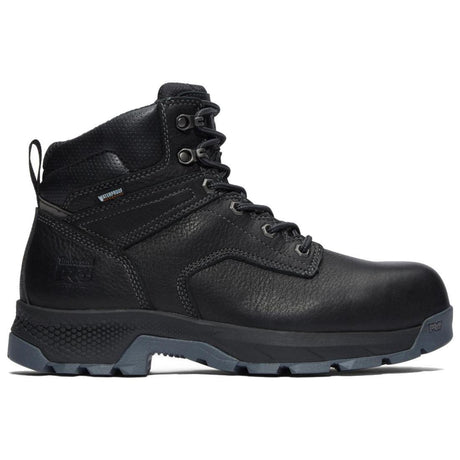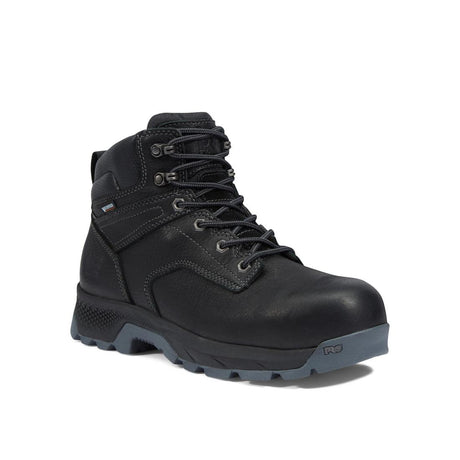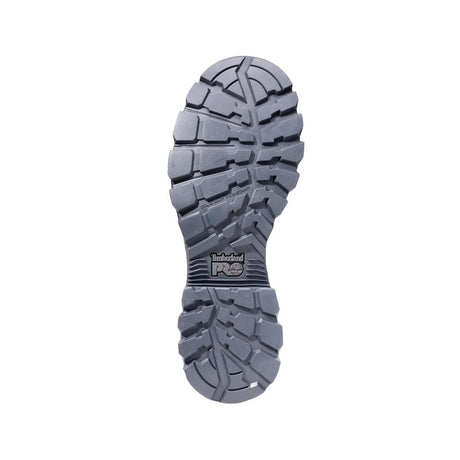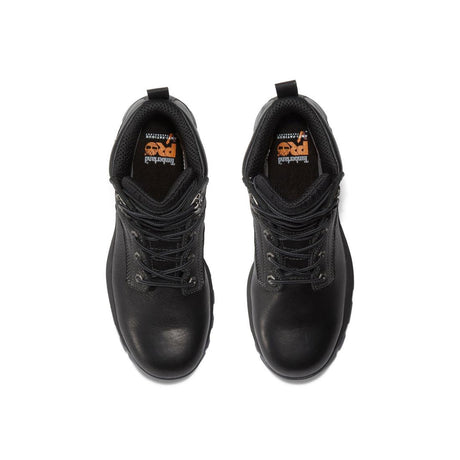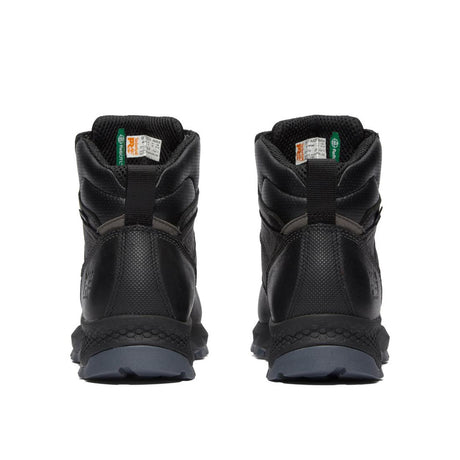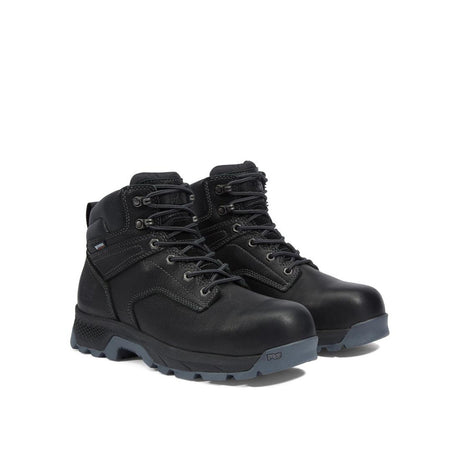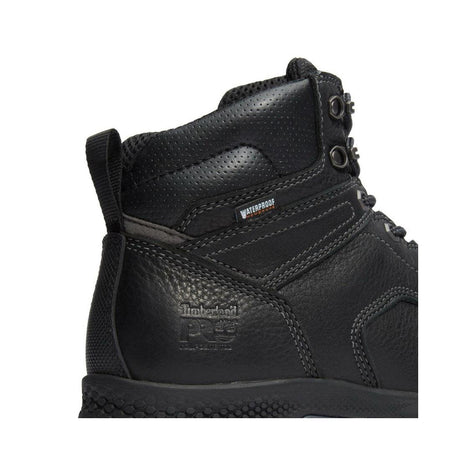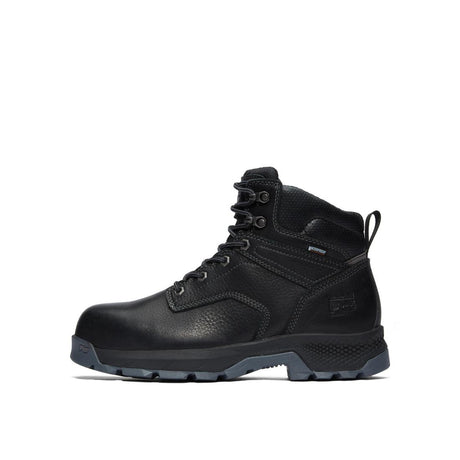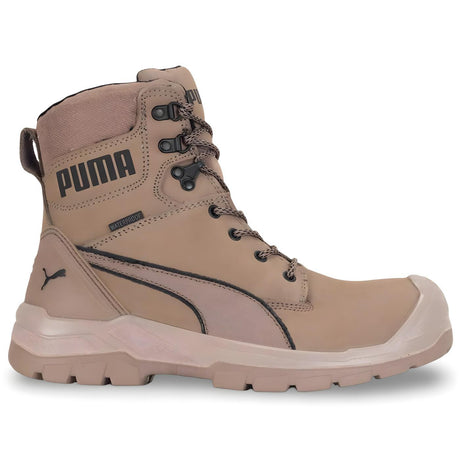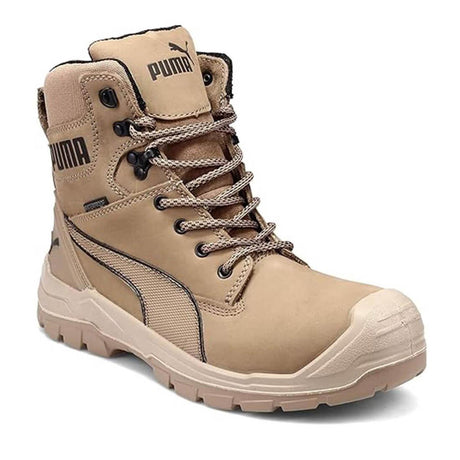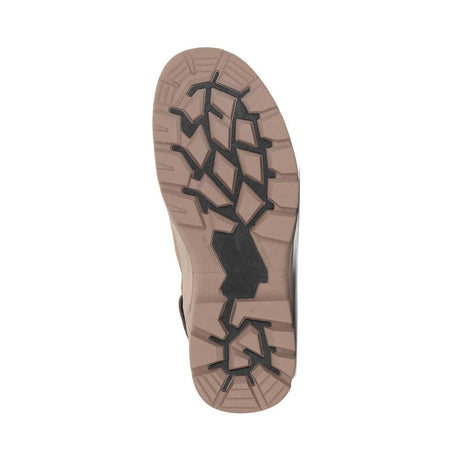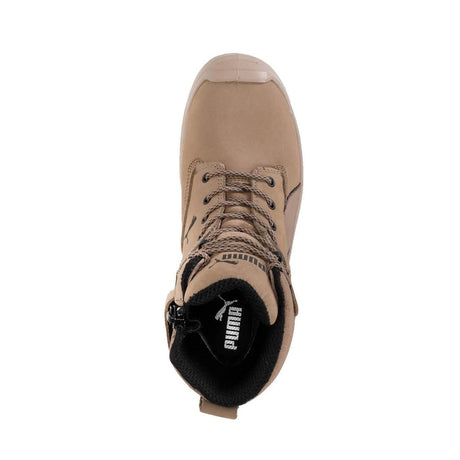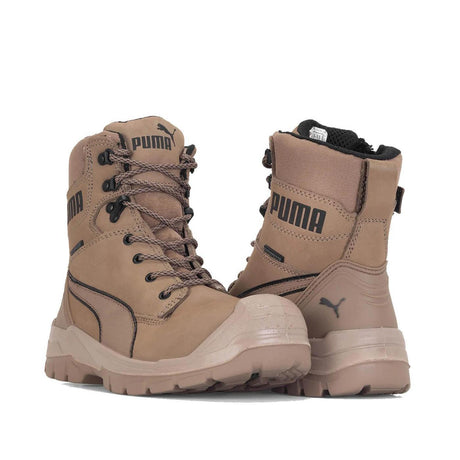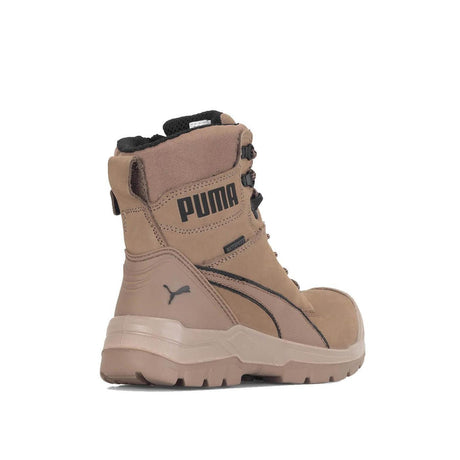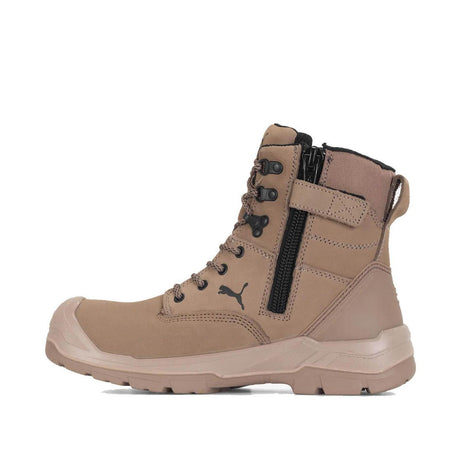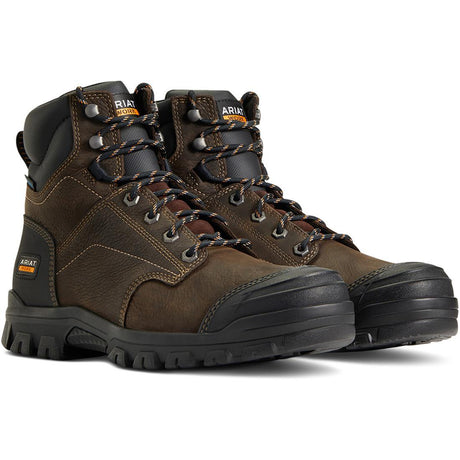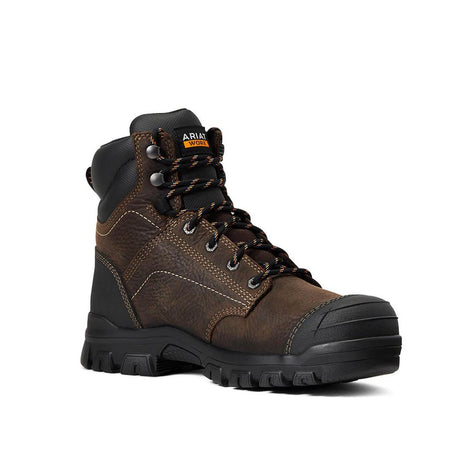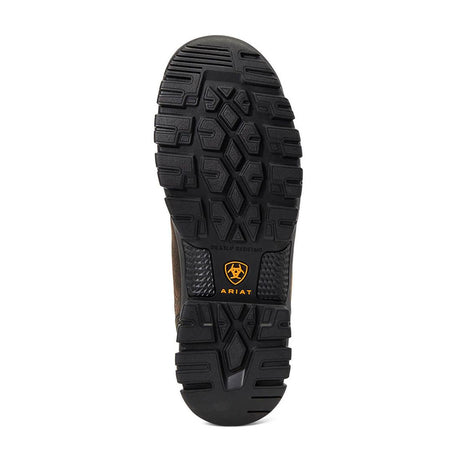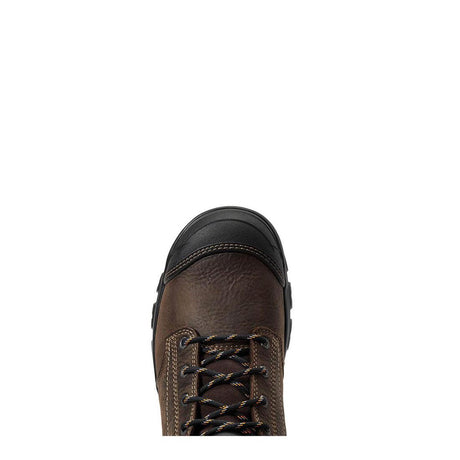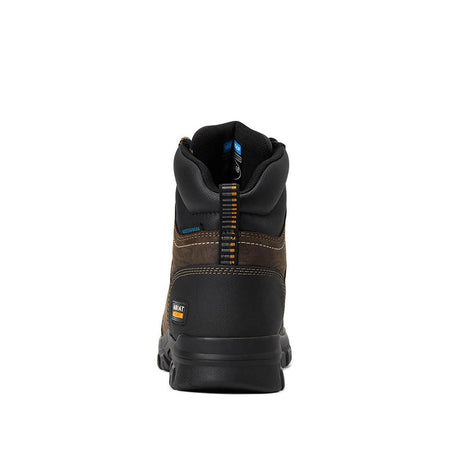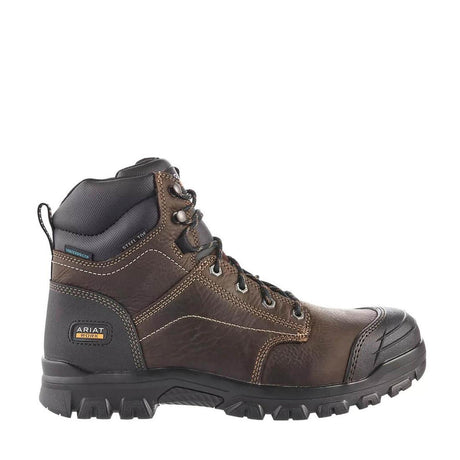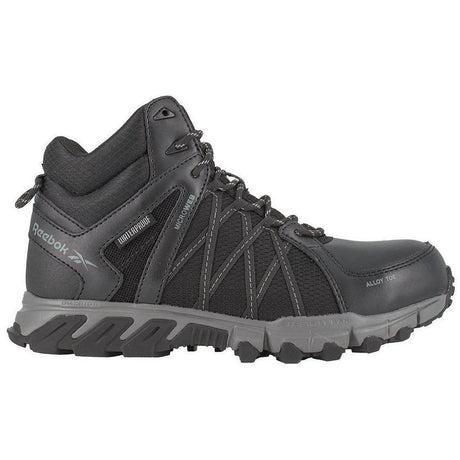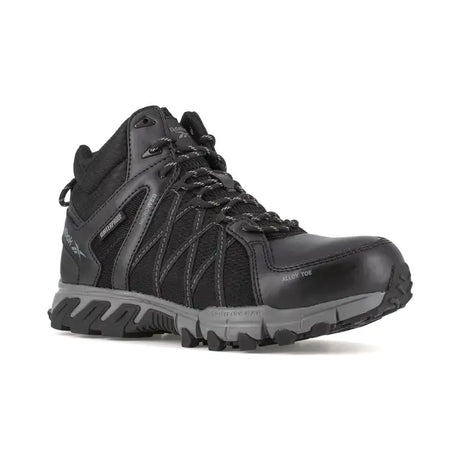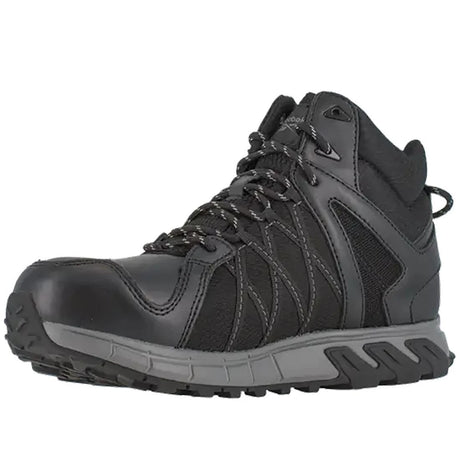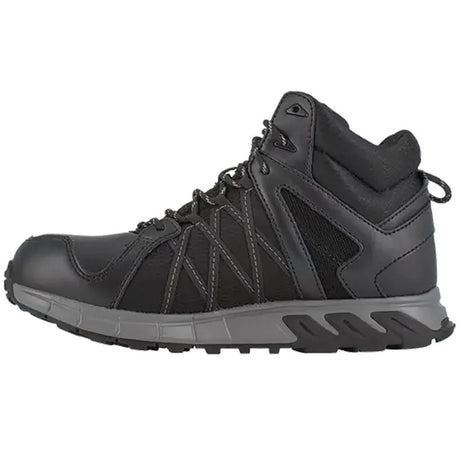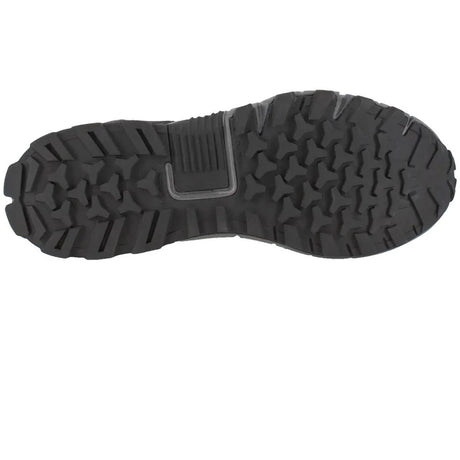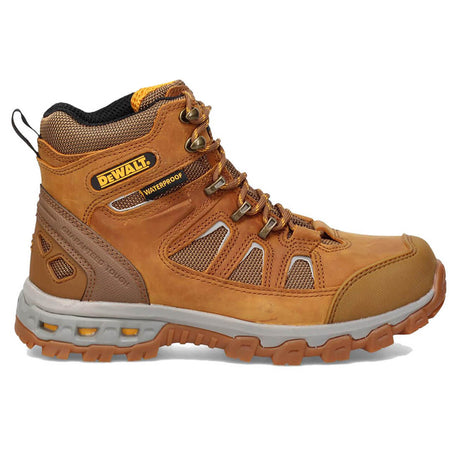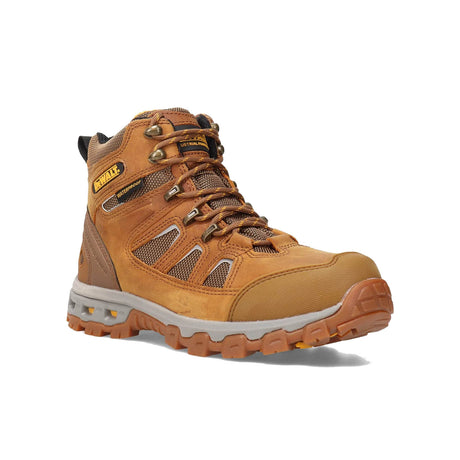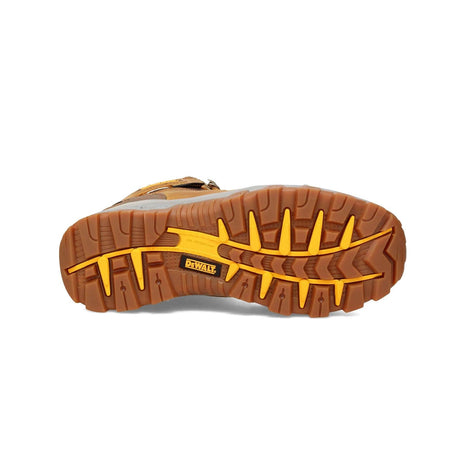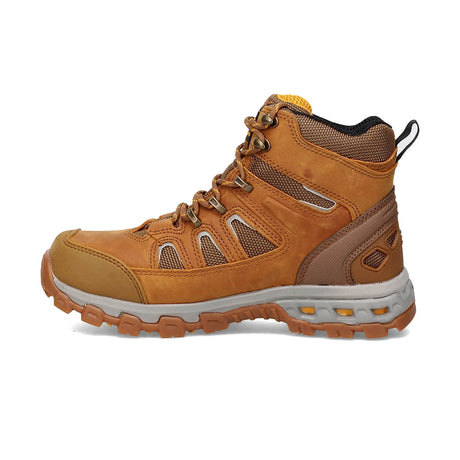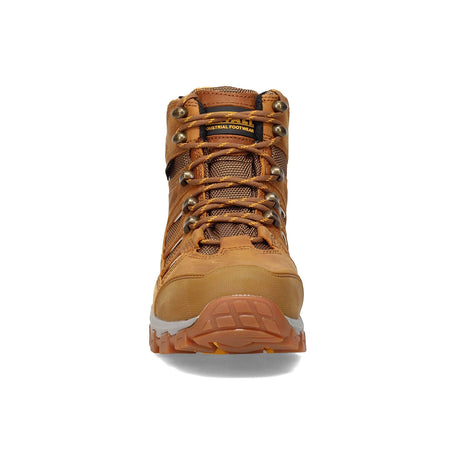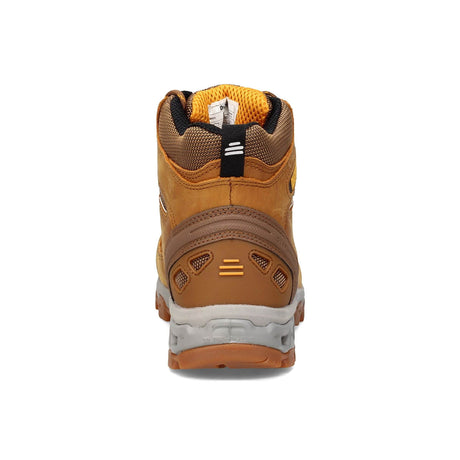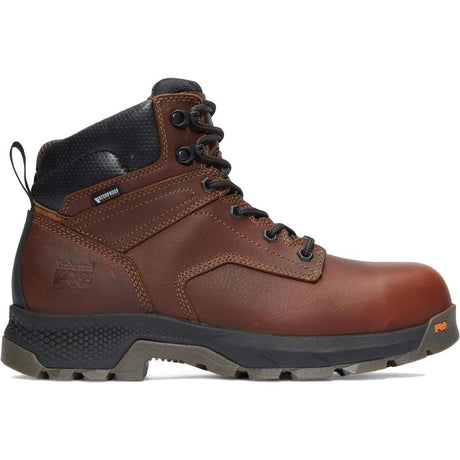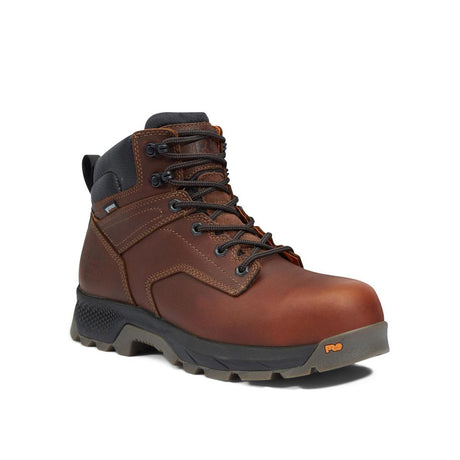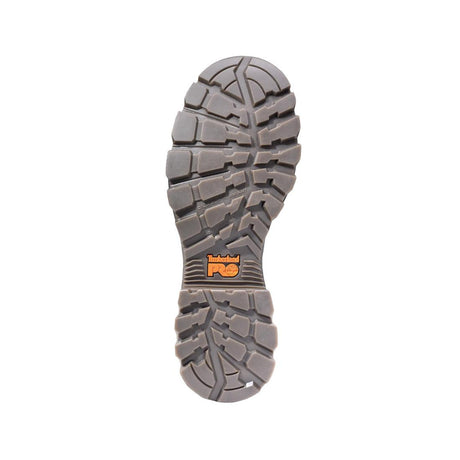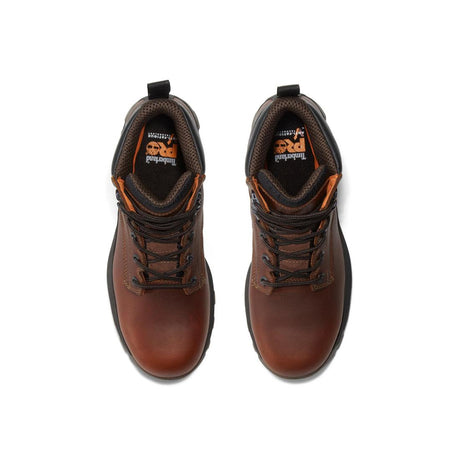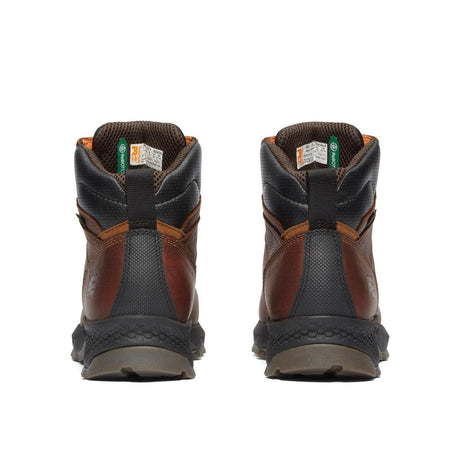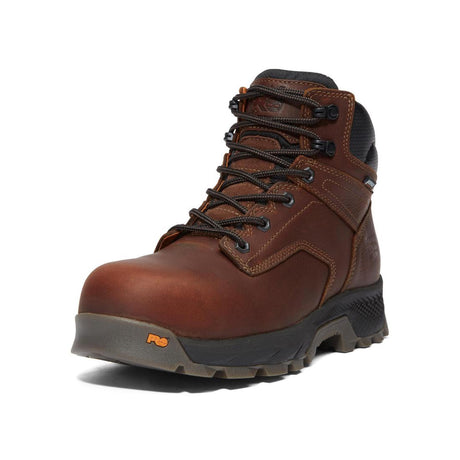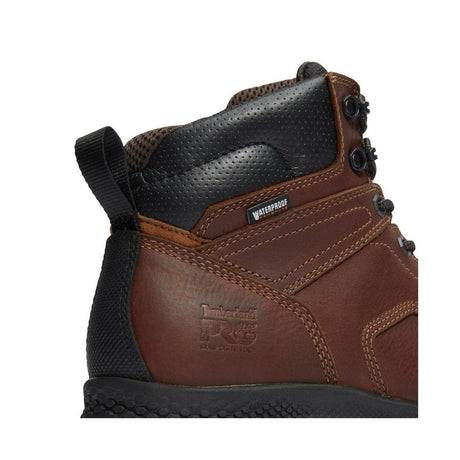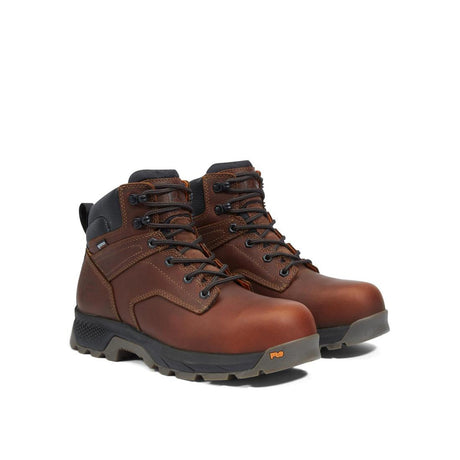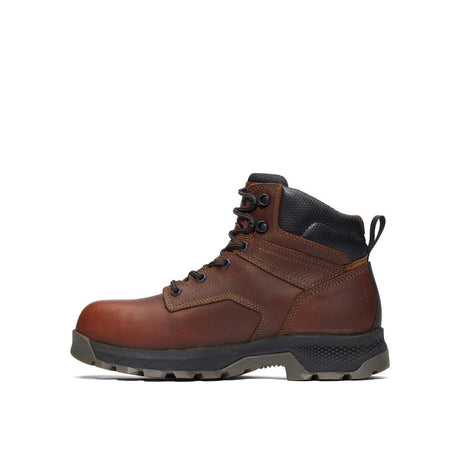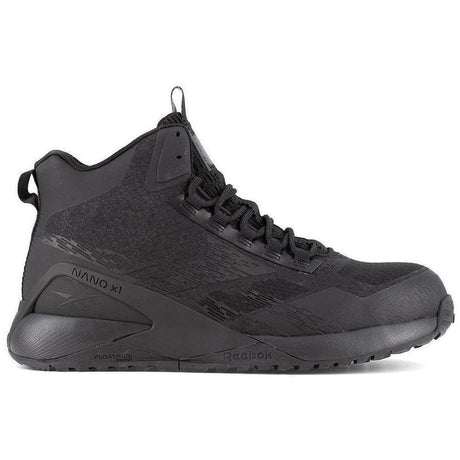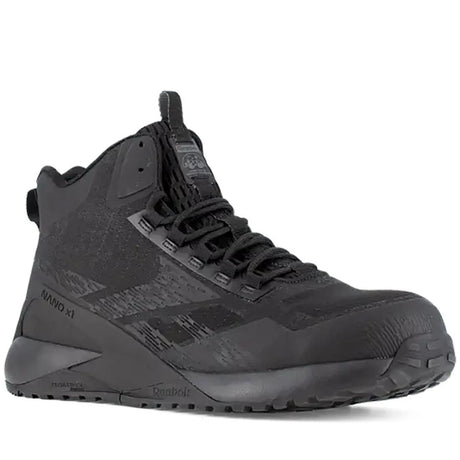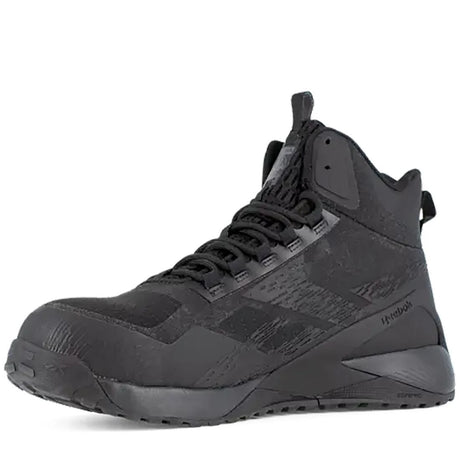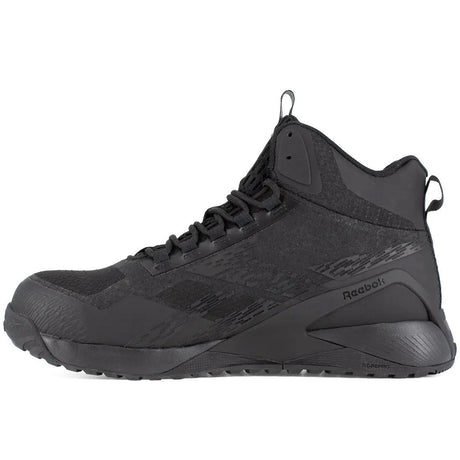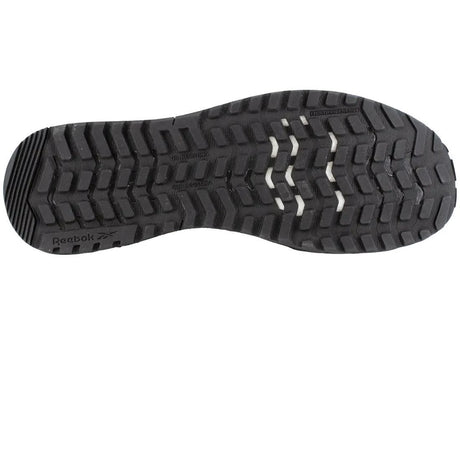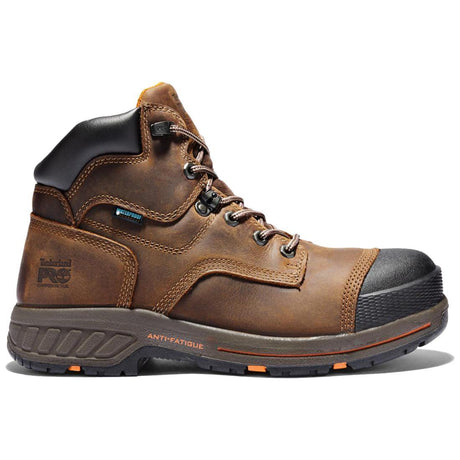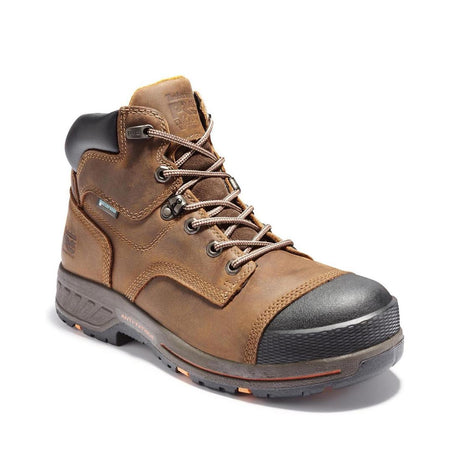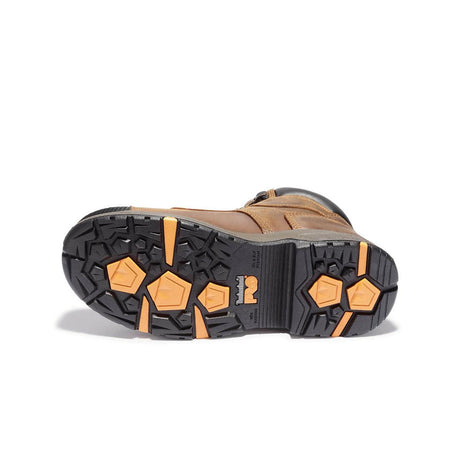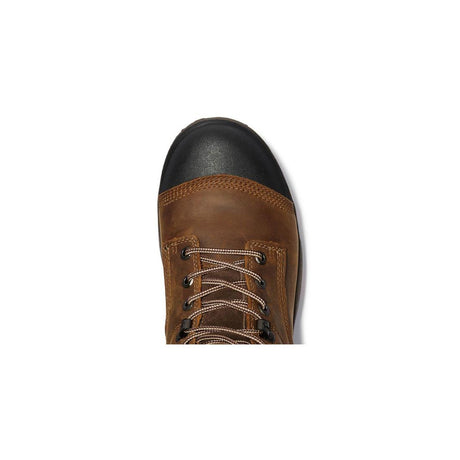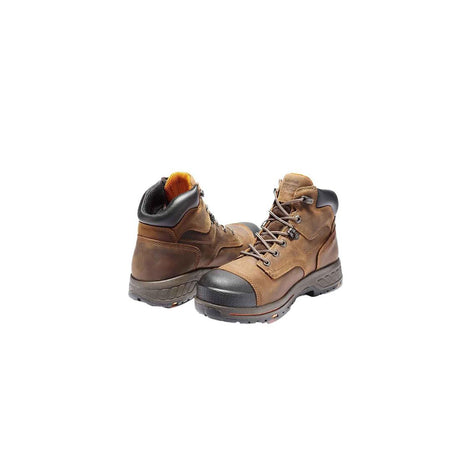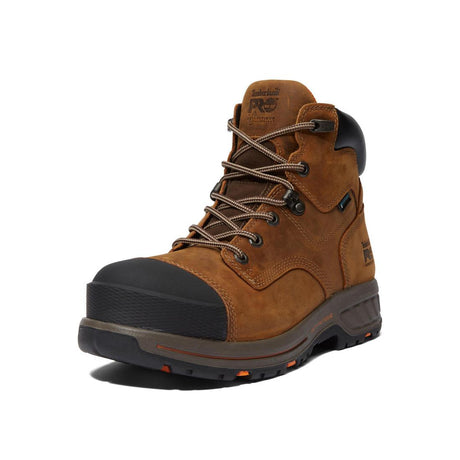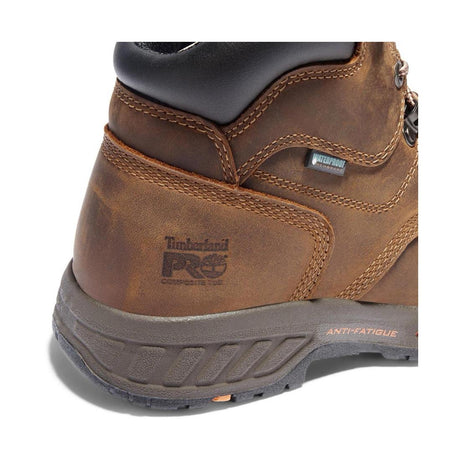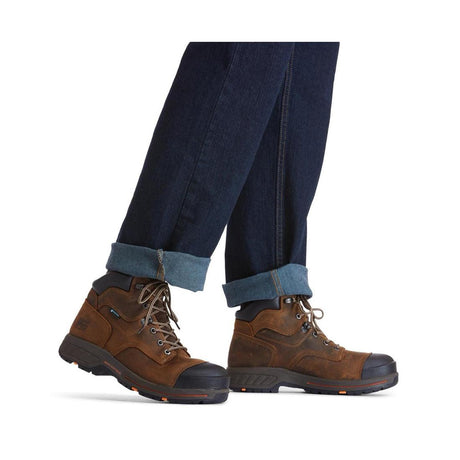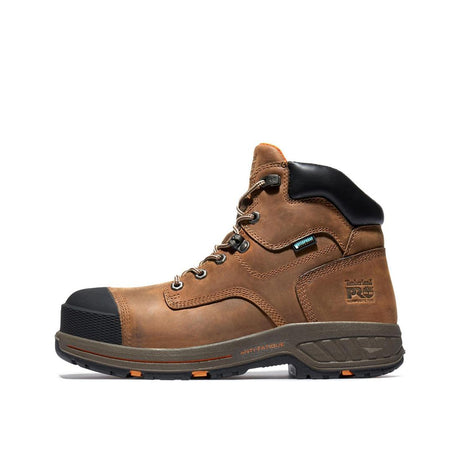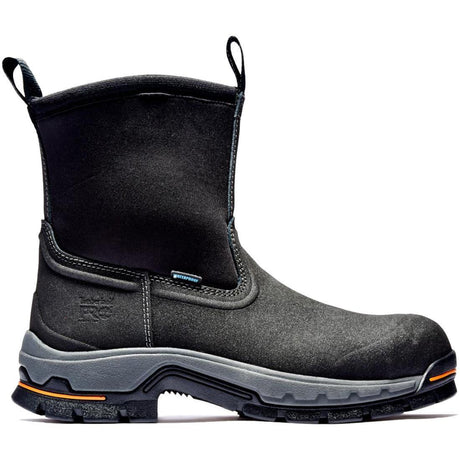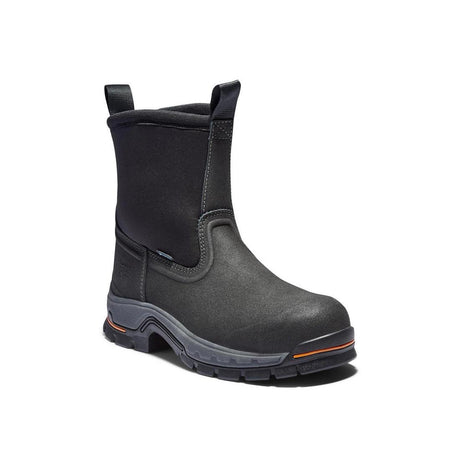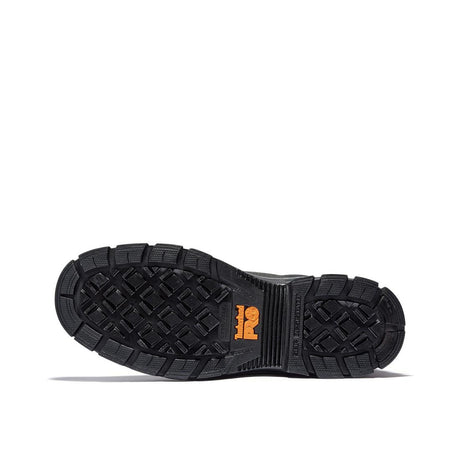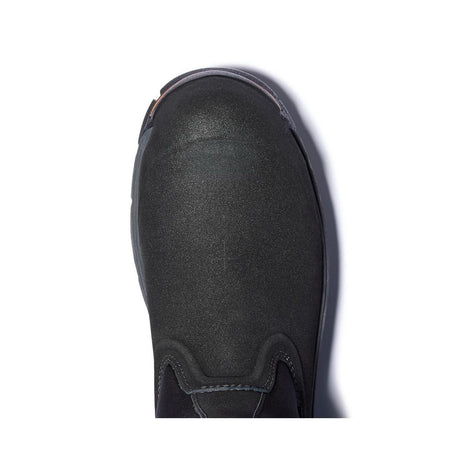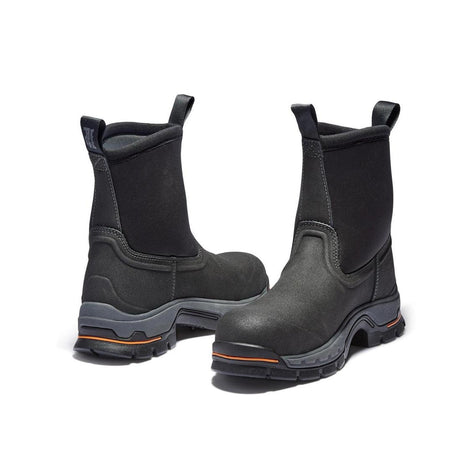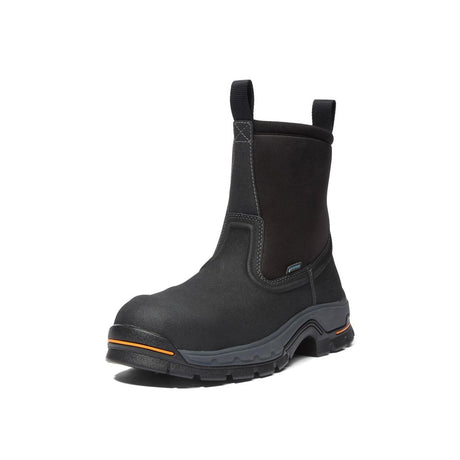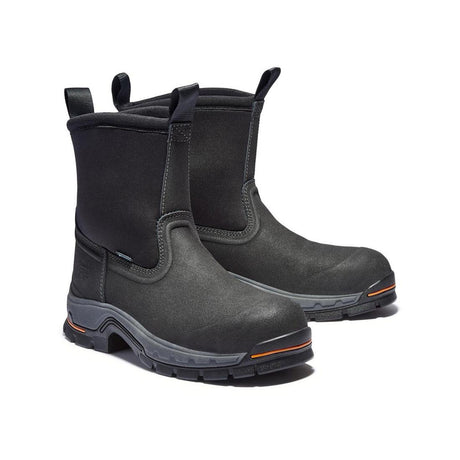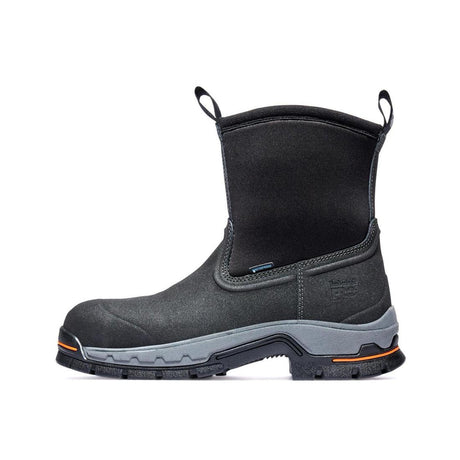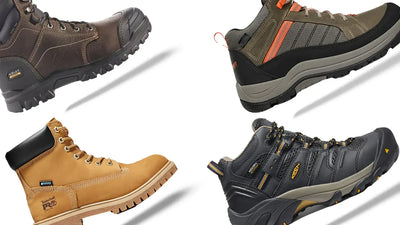Frequently Work Footwear Questions
Question About Shipping
Do You Ship Internationally?
Do You Ship Internationally?
We currently only ship to the United States.
Where Is Your Shipping Origin?
Where Is Your Shipping Origin?
We ship from our location in Florida and many other states, depending on manufacturer and shop availability.
How Fast Do You Ship?
How Fast Do You Ship?
We pride ourselves on our prompt shipping. Orders generally take 24 to 48 hours to process, and you can expect your item to arrive within 2-5 business days.
Questions About Order
Can I cancel my order?
Can I cancel my order?
If the order has been processed (typically 2 hours after being received) or has already been shipped, we will handle it as a standard return. Simply process your cancellation through your profile or send us an email, and we will provide you with a return label. Once we receive the item back at our store, we will process your refund.
How Do I Submit Tax Exempt Form?
How Do I Submit Tax Exempt Form?
You can submit your tax exempt form by e-mailing us at info@steel-toes.com. We will return your request as soon as possible, you can expect a response within one business day.
How do you process a backorder?
How do you process a backorder?
We currently do not sell products on backorder.
Questions about return and refunds
What's The Total Fee For Returns & Exchanges?
What's The Total Fee For Returns & Exchanges?
For returns and exchanges, a $10 shipping fee applies to footwear, and a $5 fee applies to apparel. These fees will be deducted from your refund.
How do I return a product?
How do I return a product?
Log in to your profile, and in your order history, you can find the request for cancellation.
How long will it take to receive my refund?
How long will it take to receive my refund?
Provide an answer to the question here, with as much detail as possible to help your Your refund will be initiated within a few hours after we confirm the receipt of the returned shipment. However, the actual time for the refund to appear in your account may vary, depending on your payment provider.
Are there any items that can't be returned?
Are there any items that can't be returned?
Yes, certain items like final sale products, worn/damaged goods, or those received after the 60-day window may not be eligible for return. Refer to our Return/Refund Policy page for more details.
Do I need to pay for return shipping?
Do I need to pay for return shipping?
No, we provide a return label for all eligible returns. Simply follow the return process outlined on our site, and we'll handle the rest.
Can I exchange an item rather than return it?
Can I exchange an item rather than return it?
Currently, we do not accept exchanges. Please proceed with the return and place a new order.
What if my returned item is damaged?
What if my returned item is damaged?
For a successful return process, items must be in the same condition as when they were received. If an item is returned damaged or shows signs of wear, it may not be eligible for a refund.
It is important to report any damage or defect immediately and within the product warranty period. Examples of defective returns include shoes of different sizes, footwear with obvious deformities, or products with recalls. We do not accept returns of items that have been intentionally damaged, punctured, or used for a time before deciding to return them.
Can I return just one item from my order?
Can I return just one item from my order?
Yes, you can return a single item from your order. Please note that return shipping costs are not covered. Be sure to follow our return policies for a hassle-free process.
How will I know when my refund is processed?
How will I know when my refund is processed?
You will receive a confirmation email once your refund has been processed. Remember, the time it takes to reflect in your account can vary depending on your payment provider.
I received a gift from your store. Can I return it?
I received a gift from your store. Can I return it?
Yes, gifts can be returned, but the refund will be credited to the original payment method unless a gift receipt was provided.
Can I return a dirty footwear or clothing?
Can I return a dirty footwear or clothing?
Returns must be in their original condition to maintain the quality of our products. Please try on shoes on a clean surface or carpet without removing the tags. Shoes should not be dirty, have odors, or show signs of wear like dirty soles, stains, marks, or tears. Items that do not meet these standards cannot be accepted for return. If a return is declined, it will be sent back to you, and you will be responsible for any shipping costs. We appreciate your understanding and cooperation.
General Product Information
How often should I replace my work boots?
How often should I replace my work boots?
It is recommended to replace your work boots every 6 to 12 months. The lifespan of work boots varies based on several factors, including the material quality, frequency of use, the type of work environment, and how well they are maintained. However, as a general guideline:
Material Wear and Tear: If you notice holes, split seams, or significant deterioration of the material, it's time to replace them.
Comfort & Support: Work boots that no longer provide adequate support or have compacted insoles can lead to foot, leg, and back discomfort. If you begin experiencing these symptoms, consider getting a new pair.
Sole Condition: Check the outsoles regularly. If they are worn out, thinning, or have lost their traction, it's essential to replace the boots to prevent slips or falls.
Exposure to Chemicals or Extreme Conditions: If your boots have been exposed to hazardous chemicals, high temperatures, or other extreme conditions, their integrity might be compromised even if they look fine. In such cases, it's safer to replace them sooner.
Frequency of Use: For those who wear their work boots daily in demanding environments, replacing them every 6-12 months is common. However, if you use them less frequently or in less rigorous conditions, they can last for several years.
Remember, the primary purpose of work boots is to protect your feet and provide comfort during long hours of work. Prioritize safety and comfort over the lifespan of the boots. Regularly inspect your boots and replace them when necessary to ensure maximum protection and support.
What is the difference between steel toe, composite toe and alloy toe?
What is the difference between steel toe, composite toe and alloy toe?
What to consider when buying the right safety footwear for you:
Steel Toe - Highest level of protection and great for heavy industry fields.
Composite - 30% Lighter than steel toe and made of composite material (plastic) that keeps your feet from getting cold (as opposed to steel and alloy). Great option for airports (metal detector safe) and cold areas.
Alloy toe - The lightest option and thin composition allows for a less bulky boot.
All Three above meet the last updated ASTM 2413 standards
How much to spend on a pair of work boot?
How much to spend on a pair of work boot?
The right budget for a pair of work boots depends on several factors, including your specific job requirements, desired features, and personal preferences. Generally:
Entry-Level Boots ($50-$100): These are suitable for occasional use or jobs with minimal hazards. They might lack some of the advanced features or premium materials of more expensive options.
Mid-Range Boots ($100-$200): These boots often provide a good balance of comfort, durability, and safety features. They're suitable for most regular job sites.
High-End Boots ($200+): Made with premium materials and advanced technologies, these boots are designed for professionals who need maximum comfort, durability, and protection.
It's essential to prioritize safety. Investing in a quality pair that meets safety standards and offers features like steel toes, slip resistance, and waterproofing might be more costly upfront but can save money in the long run by lasting longer and potentially preventing injuries.
Remember, the most expensive option isn't always the best for every individual. It's about finding the right boot for your specific needs and ensuring it's a good fit both for your feet and your job.
Water Resistant vs Waterproof Work Boots?
Water Resistant vs Waterproof Work Boots?
Water resistant -
This shoe can withstand rain, snow, and wet weather. Do not submerge this type of gear in water, unless you want to ruin it.
Water-resistant fabrics keep water from being absorbed—water will just bead off the fabric.
Water-resistant boots are often sprayed with water-resistant material rather than having these features built inside.
They can hold up to a random splash but won’t withstand extreme conditions. So, if you need all the protection you can get, go for a waterproof work boot.
Water-resistant boots are better to have for daily use, because they tend to be more comfortable and breathable.
Waterproof -
It's specifically designed to be completely submerged in water and still provide top-notch performance. If you're more of a water-bound operator, stock up on waterproof gear.
Over time the waterproof membrane will wear out and start leaking. Nevertheless, quality waterproof boots should last an average boot lifespan with daily wear. You can prolong their durability by using waxes and waterproofing sprays.
Remember to note that while waterproof boots will not let any liquid penetrate through, it will also not allow any moisture to get out.
Whichever one you decide to go for they need to be treated well, so you don’t have to say goodbye to them too soon. So choose your pair wisely and enjoy shopping from us.
Pull On Vs Lace Up?
Pull On Vs Lace Up?
- Pull-On Work-Boots
These boots come without laces which makes them very easy to wear and take off. You can very easily slip your feet inside them with very little effort and also pull them off when you don’t need them.
They are constructed into the right shape and size for a proper fit around the foot. Though, sometimes they may loose shape with time and It is quite challenging for the pull-on boots to provide proper fit because of their no-laces character. Moreover, if you choose the wrong pair, it will definitely lead to discomfort and pain.
How should pull-on work-boots fit?
Your toes should not slide forward and hit the end of your boot.
The heels of your feet should not rub against the inner-back side of your boot.
The sided of your feet should not feel pressurized or in pain.
There should be at least 1 inch of space inside your boots.
Materials like genuine leather, synthetic leather, nylon mesh, and foam are used to manufacture these boots. You have the minimum chances of tripping, by getting caught in low hanging corners.
Offers less support to your ankles than a lace up boot. Sometimes due to the gapping collars, these boots cannot provide enough safety.
Agriculture, farming, gardening, welding, oil, and chemical industries commonly uses these pull-on boots.
- Lace-Up Work-Boots
These boots come with a lace material to adjust proper fitting and grip on the feet. These boots offer high ankle support to your feet because of the shoelaces going through the lugs of your boots. Offers proper fit very much up to the mark with desired snugness. The lace system secures your feet making them safer to wear. Laces can sometimes expose you to slips or trips, if they are hanging loose. Offers high level of ankle support to your feet. The laces in these boots can easily manipulate your fitting criteria. Adjusting the laces can, at times tighten your boots giving you more snugness, and loosening them, giving you more space.
These boots are quite long-lasting. Tying up the laces can sometimes create hassles for you but they can superior comfort and control in the long run. These boots promise much better support to your ankles, making your feet stable and comfortable.
Lace-up boots keep debris out from your feet. They are designed to give better heel support and lowers your risk of getting injuries. If, by any chance your boots get out of shape in due time, you can still adjust them to fit you nicely, with the help of the laces.
They involve time and effort to put on and take off. With time the laces of these boots might need replacement. These boots provide enhanced stability for individuals who need to stand or move frequently. Lace up boots are way safer than the slip on shoes and the reason behind this is with lace up boots you get the perfect fitting of the boots according to your own comfort; whether you enjoy a tight fit or a snug fit. Whereas, with the slip on shoes, where there are no laces, you have to compromise with the fit that the shoe already has!
The laces provide a good grip to the feet so that the feet remain in position instead of moving forward or backward or to the right or left. If the slip-on boots or shoes are too loose, there remains the danger of the heel coming out of the shoes while walking and as a result, you might face accidents due to falling or tripping. But with the lace-up boots this will never be the case. Whether it is the Lace-up or the Pull-on, your safety and comfort shouldn’t get compromised, at any cost. While thinking of choosing any of these above work-boots, remember to consider your protection, a priority.
Do shoe sizes vary by brand?
Do shoe sizes vary by brand?
Yes, while there's a general standard for shoe sizes, slight variations can occur between brands due to unique design and manufacturing processes. However, we've taken great care to provide accurate sizing details for each of our products.
If you're unsure about your size, our customer service team is always here to help guide you to the best fit for your feet!
How should I clean my footwear?
How should I clean my footwear?
Brush Off Dirt: Use a soft-bristle brush to gently sweep away dirt from the outsole, midsole, and uppers.
Prep a Gentle Cleaner: Combine warm water with a dash of mild detergent or dish soap.
Cleanse Laces by Hand: Gently wash laces separately.
Scrub the Soles: Dip the brush into the cleaning solution and scrub the soles in circular motions, focusing on heavily soiled areas.
Tend to the Uppers: Gently wash and then blot with a soft cloth.
Let Them Breathe: Always air dry for freshness.
For optimal results, consider our comprehensive shoe cleaning kits available on our site.
Why do my feet hurt when I use safety shoes ?
Why do my feet hurt when I use safety shoes ?
Experiencing discomfort in safety shoes is not uncommon and can be attributed to several factors:
Improper Fit: An ill-fitting shoe can cause pressure points or allow feet to slide, leading to friction. We recommend consulting our detailed size charts to ensure you select the right fit.
Break-in Period: New safety shoes might be stiff initially and require some time to adjust. Temporary discomfort is possible during this period.
Existing Foot Conditions: Conditions like plantar fasciitis or flat feet can be accentuated by safety shoes.
For tailored advice and further information, please don't hesitate to contact us. Your comfort is our priority!
What is the difference between medium and wide?
What is the difference between medium and wide?
When purchasing shoes, you will often find different width designations. The most common ones are Regular (M) and Wide (W).
Medium Regular (M): This is the standard or regular width for most shoes. It is designed to fit the average foot, providing a comfortable and secure fit. This designation refers to a balanced width suitable for most people.
Wide (W): Wide shoes have a broader design to provide more space across the foot. This category includes widths like (W) and (EE), and is designed for feet that require more room in the ball, arch, or heel. These shoes offer greater comfort for those with wider feet or who experience discomfort with standard width.
Common Width Nomenclatures in Safety Footwear
Manufacturers of safety footwear often use various nomenclatures to designate different widths and sizes of their products. Here are some of the most common ones:
• N (Narrow): Indicates a narrow width. Suitable for thinner feet.
• M (Medium): Medium width, also known as regular.
• W (Wide): Wide width. Often equivalent to (EE) in some brands.
• XW (Extra Wide): Extra wide, providing more space than the standard wide width.
• XXW (Extra Extra Wide): Extra extra wide, for feet that need even more space.
Specific Manufacturer Designations
• D: Frequently used to denote a regular width in men’s footwear.
• E: Can vary between brands, but generally indicates a width wider than D.
• EE (2E): Commonly used to indicate a wide width (W).
• EEE (3E): Indicates an extra wide width (XW).
• EEEE (4E): Designates an extra extra wide width (XXW).
• B: Frequently used to denote a narrow width in women’s footwear.
• C: Standard width for women’s footwear.
• D: Wide width for women’s footwear, equivalent to a medium width in men’s footwear.
Where can I find the ASTM label on the shoes?
Where can I find the ASTM label on the shoes?
You can usually find the ASTM label on the interior of at least one, if not both, of the work boots or work shoes.
What is Metatarsal Protection?
What is Metatarsal Protection?
Metatarsal guards are a form of personal protective equipment (PPE) that protect the top of the foot from compression injuries. They consist of guards that fit over the instep of the foot protecting it from heavy weights.
What's the best brand for work boots?
What's the best brand for work boots?
The "best" brand for work boots often depends on individual needs, job requirements, and personal preferences. Several brands have established a strong reputation in the work boot industry. Some of the top contenders include:
Timberland PRO: Renowned for their combination of comfort, durability, and style.
Ariat: Appreciated for their innovative designs, often merging traditional aesthetics with modern technology.
Danner: Celebrated for their craftsmanship and robust boots suitable for both work and outdoor activities.
Wolverine: Known for their advanced technologies ensuring maximum comfort and protection for the feet.
However, it's vital to consider the specific features you require in a work boot, such as steel toe protection, waterproofing, insulation, or slip resistance. Reading reviews, consulting peers in your industry, and reflecting on your work environment can guide you to the right choice. Remember, the best brand for one person might differ for another. The priority is finding the right fit for your unique needs.
Your Guide to Buying Your First Pair of Safety Shoes
"First time exploring safety footwear? This video will guide you in picking safety shoes that combine comfort, protection, and style. Watch now and find your perfect pair!"
Five smart tips when buying work footwear
Discover the key to workday comfort with Steel Toes. Watch our video for top tips on selecting boots that enhance safety and comfort.
